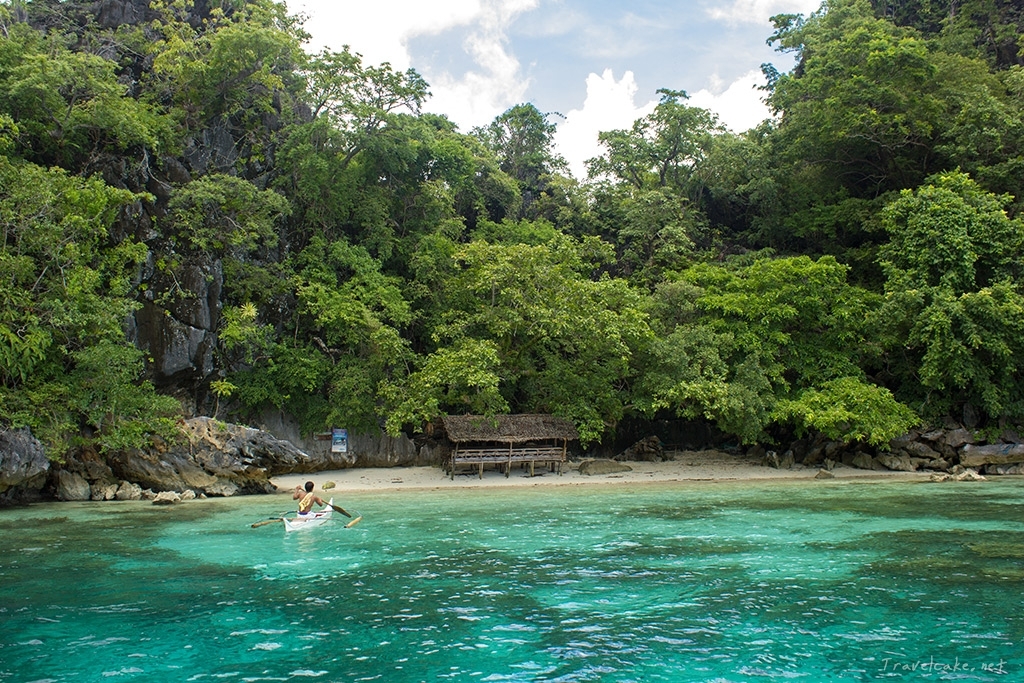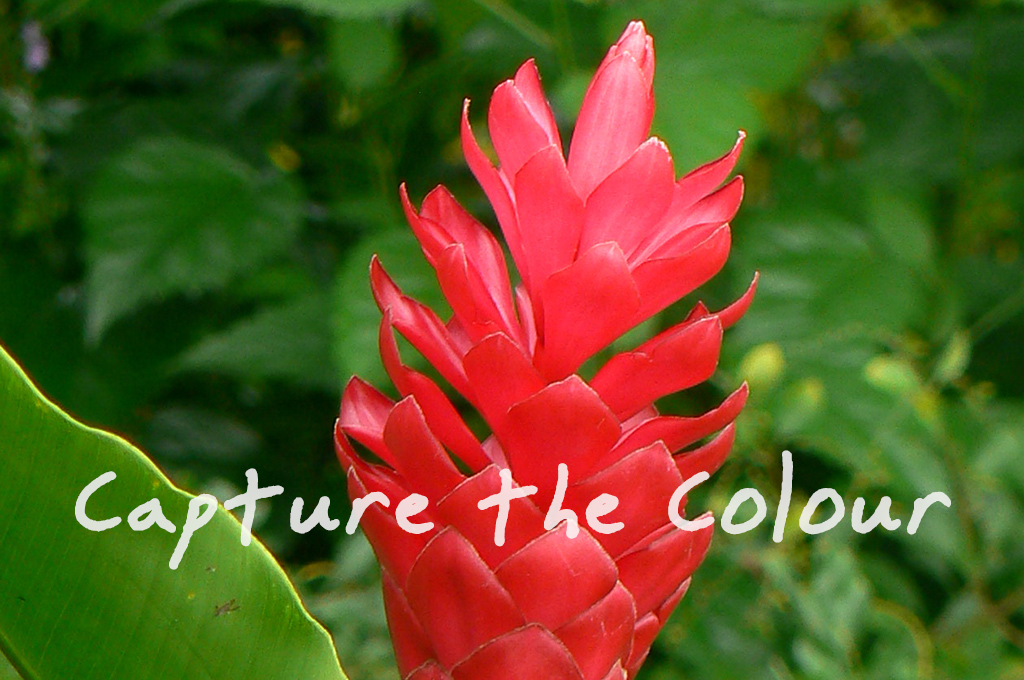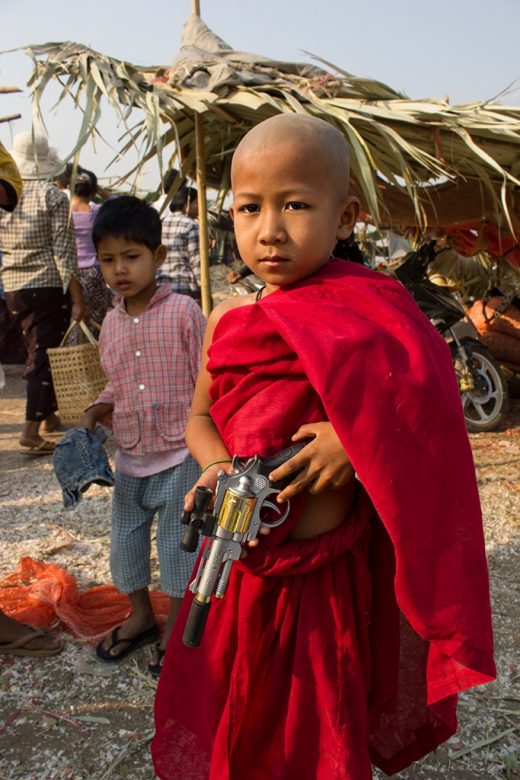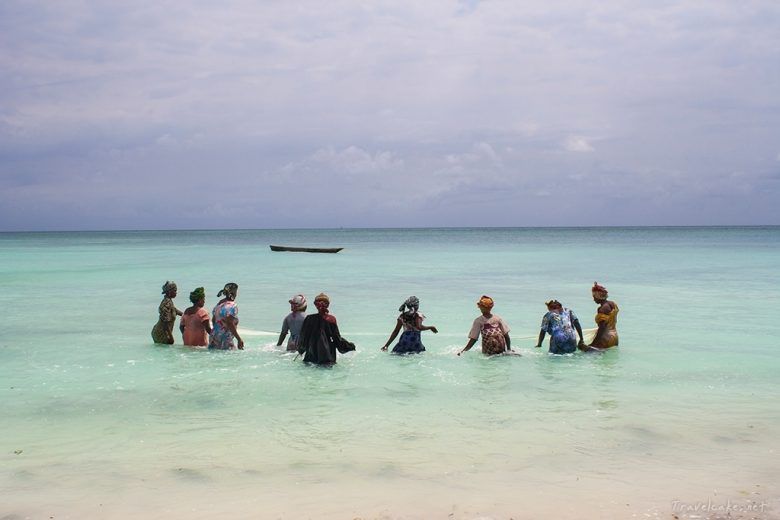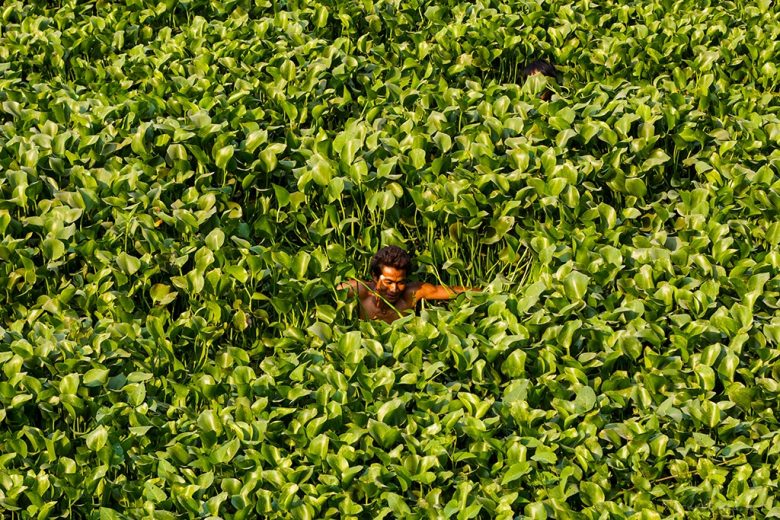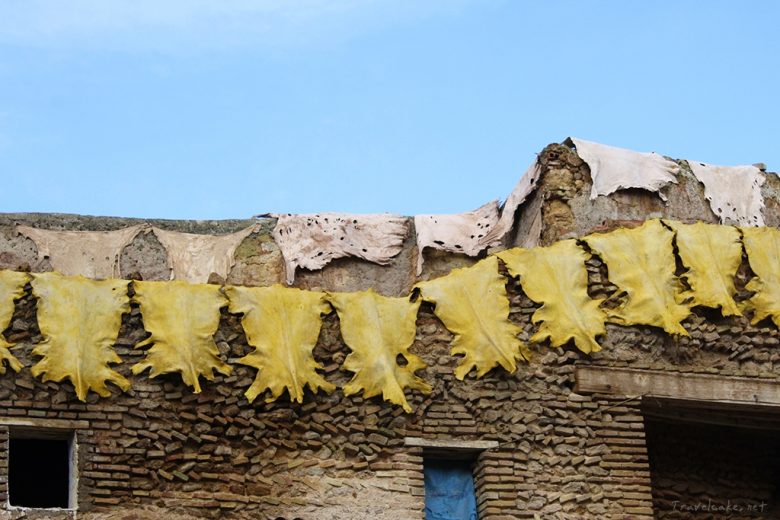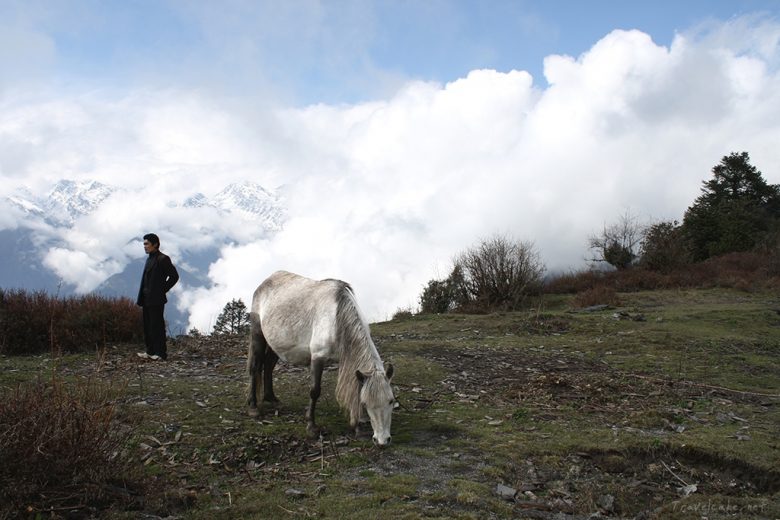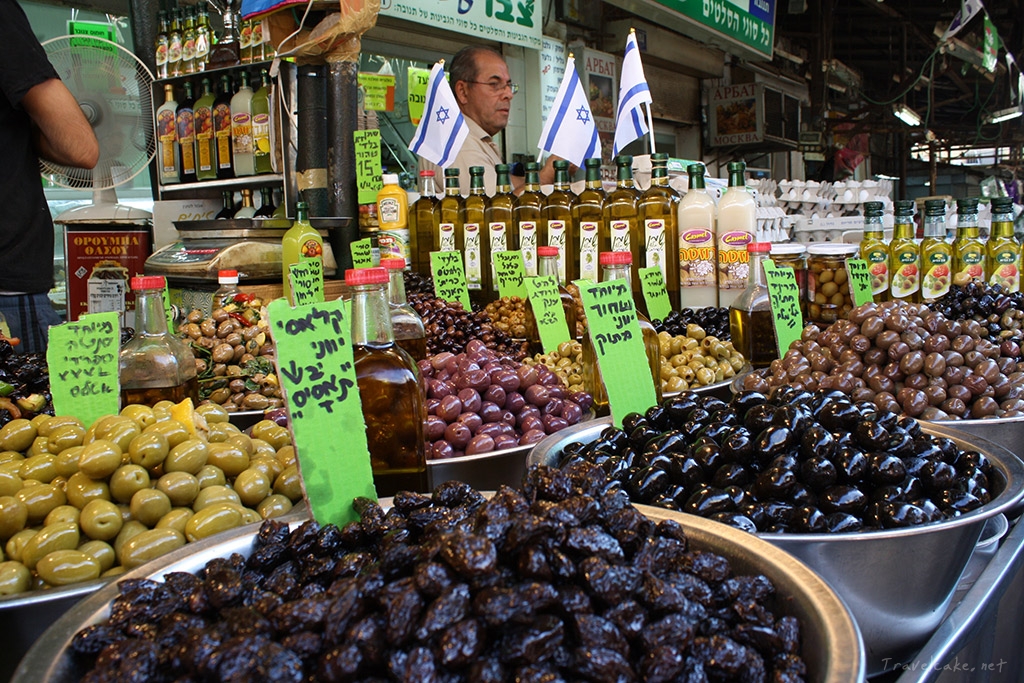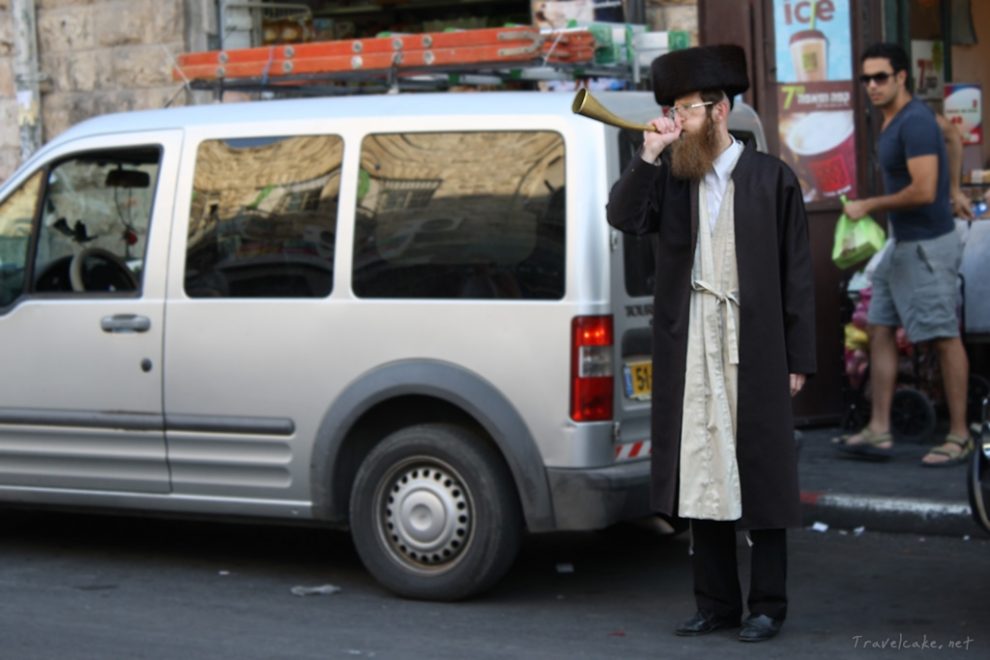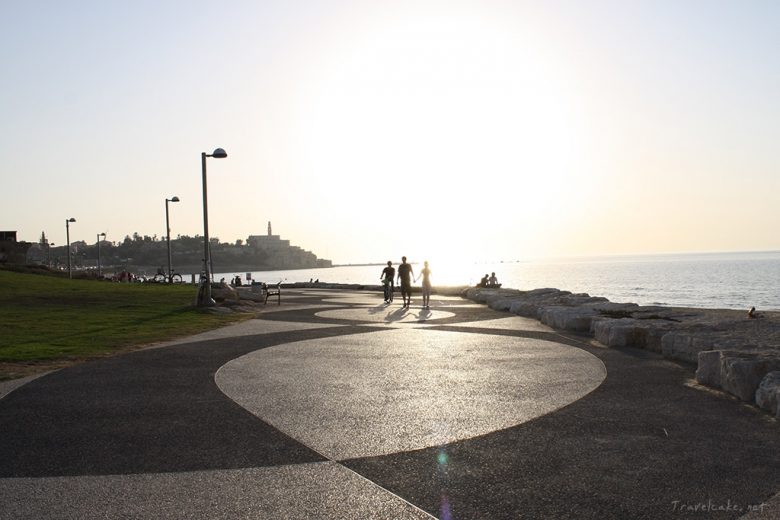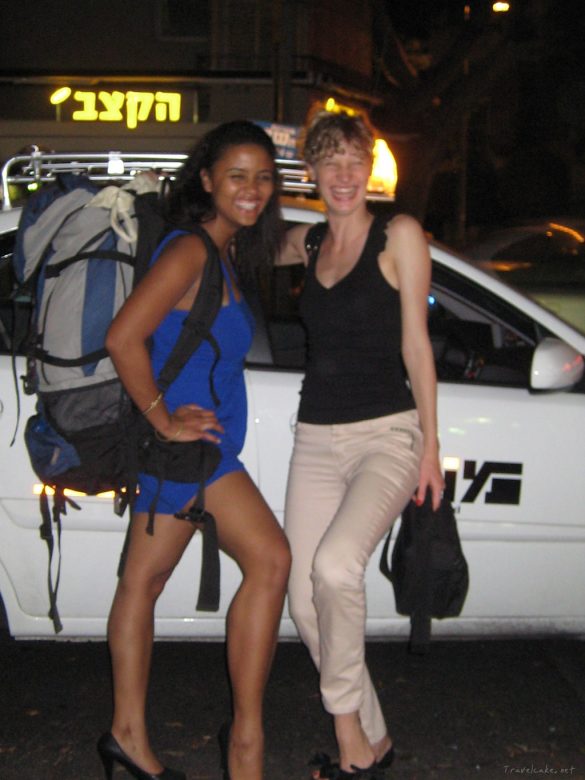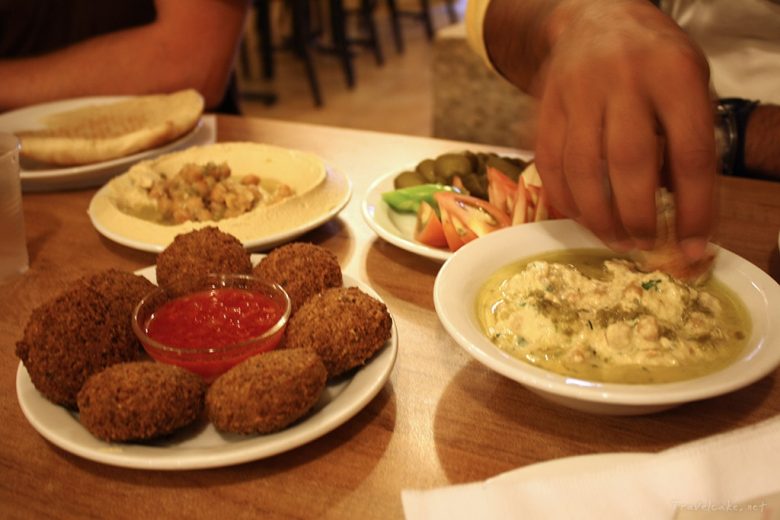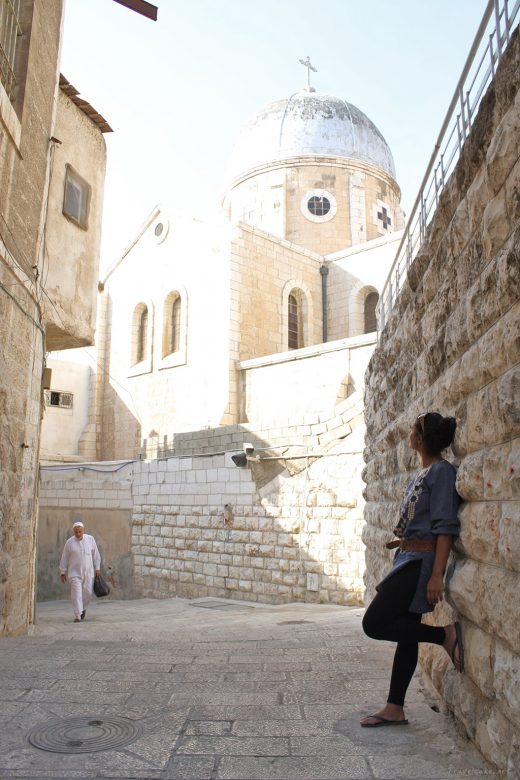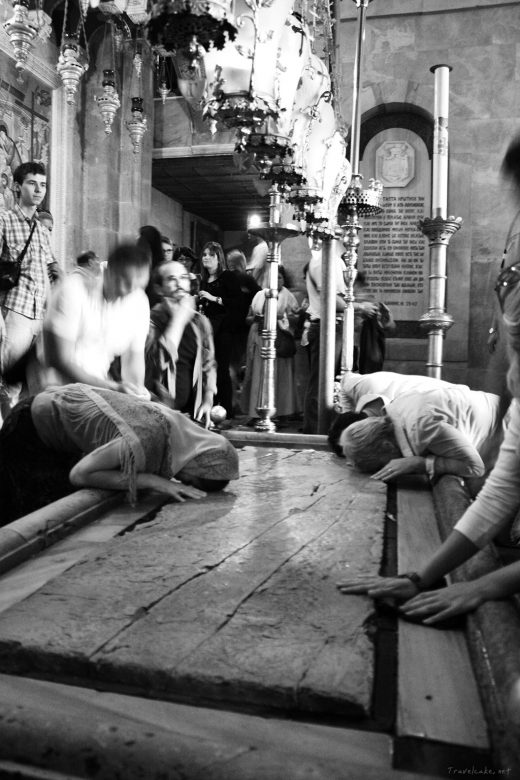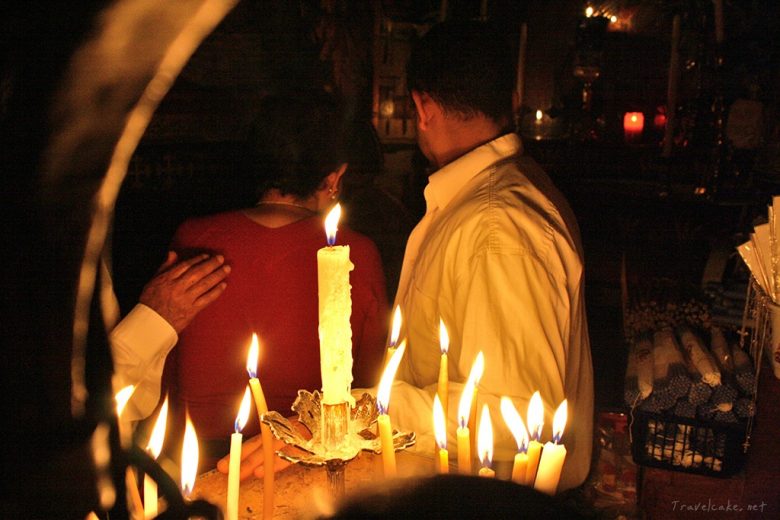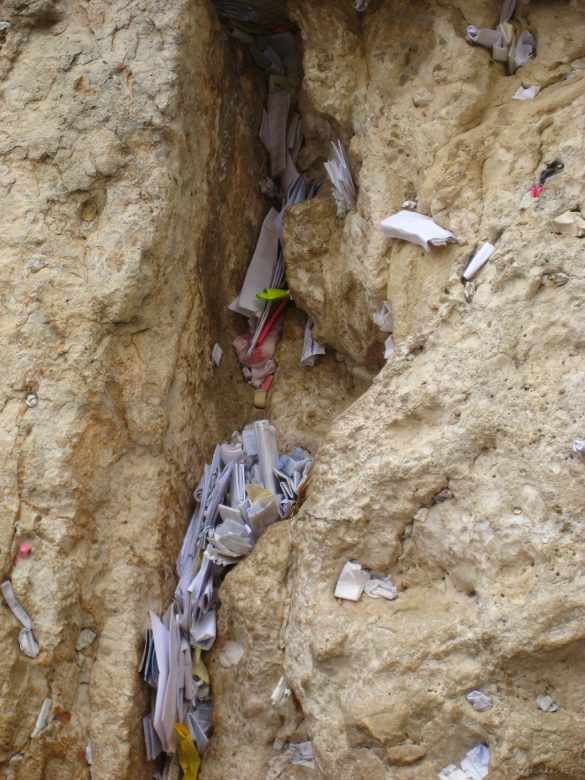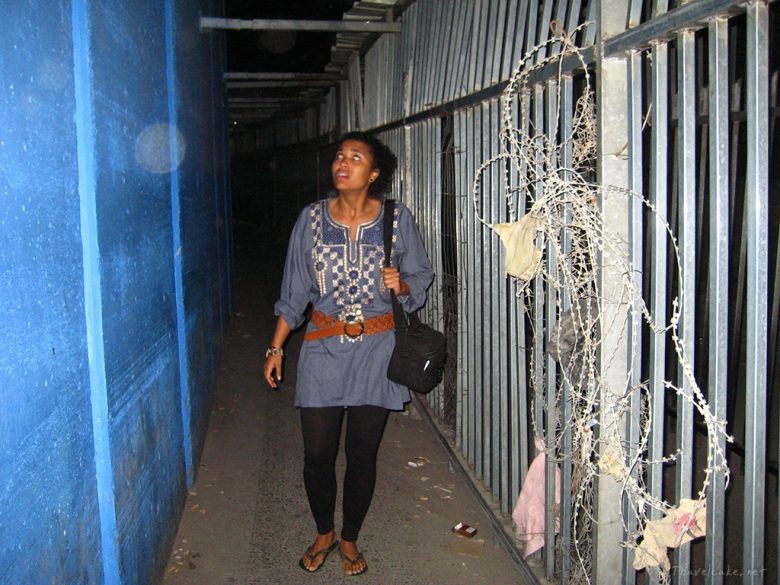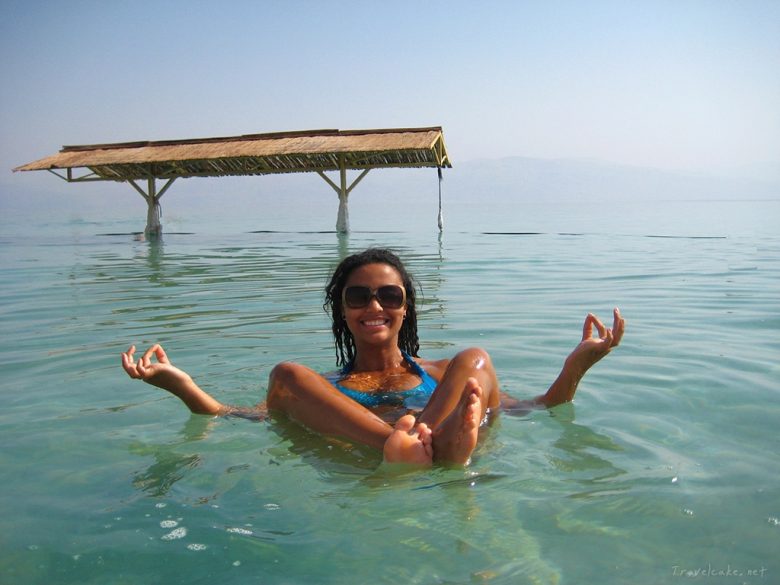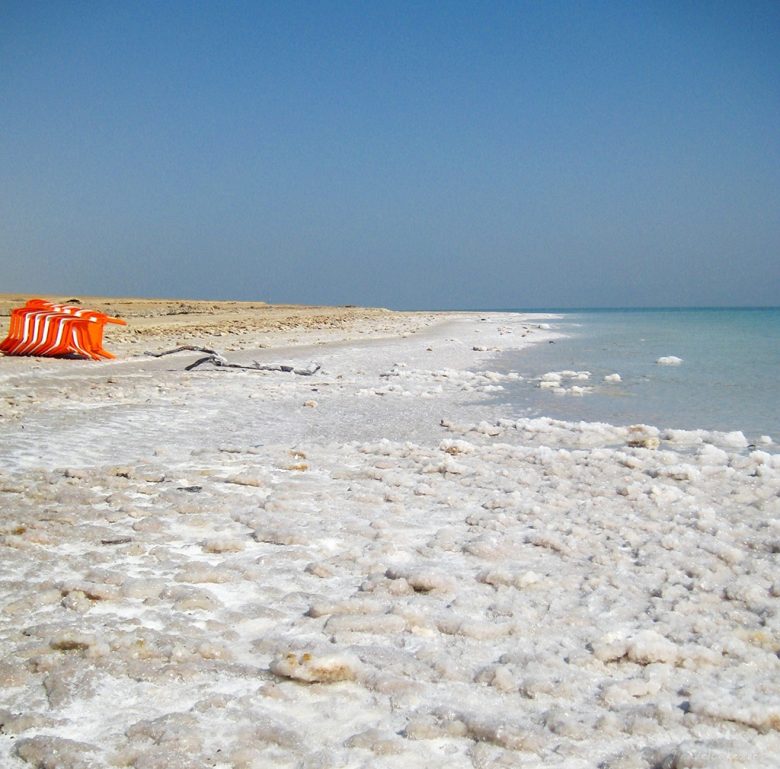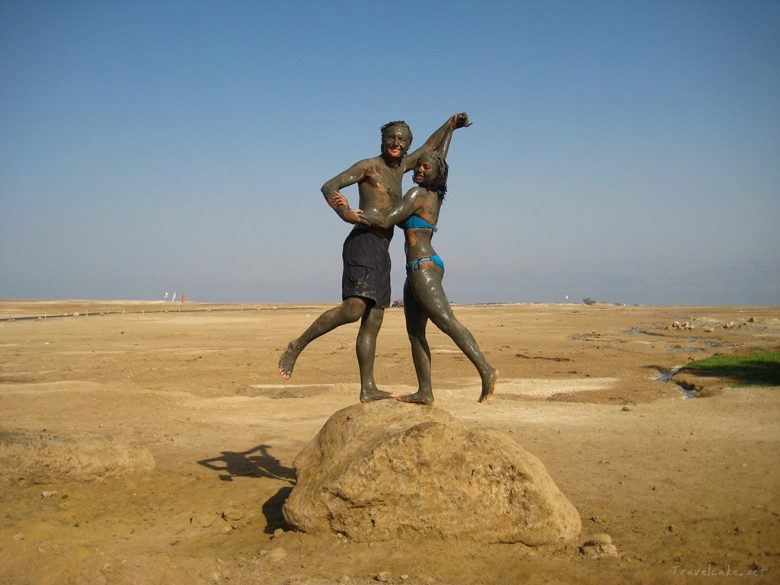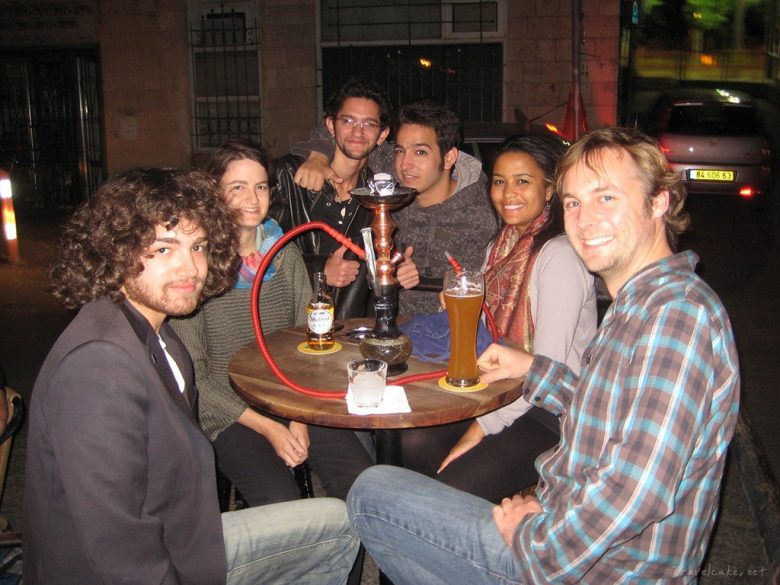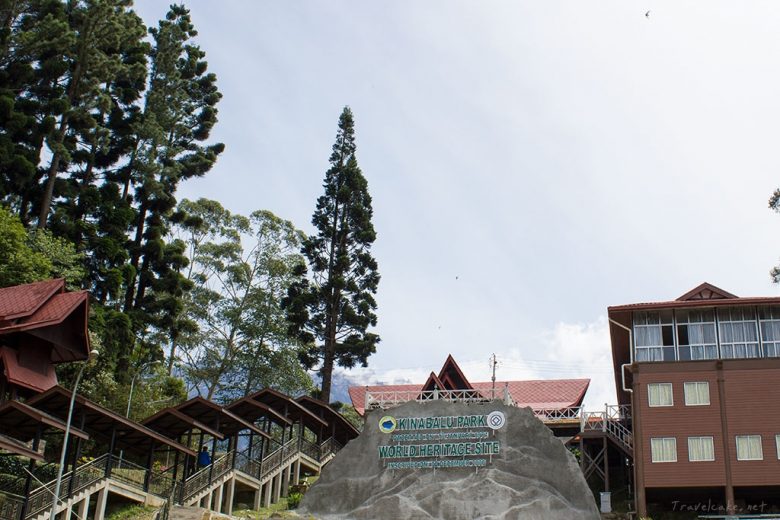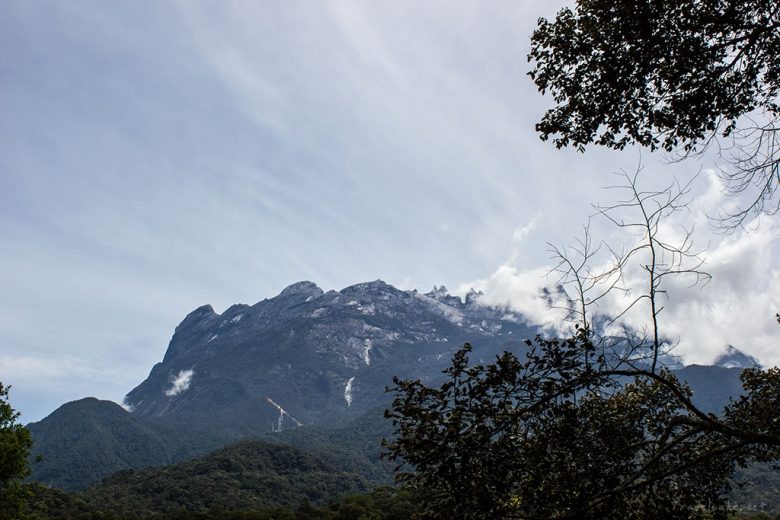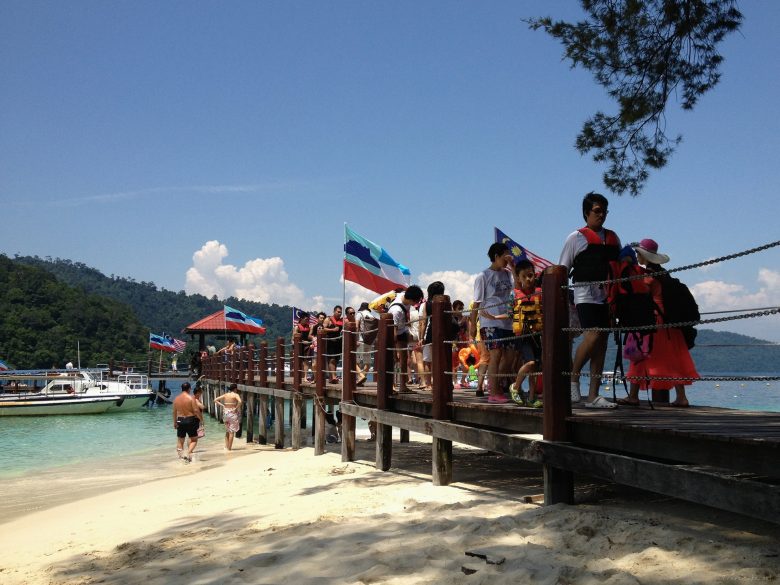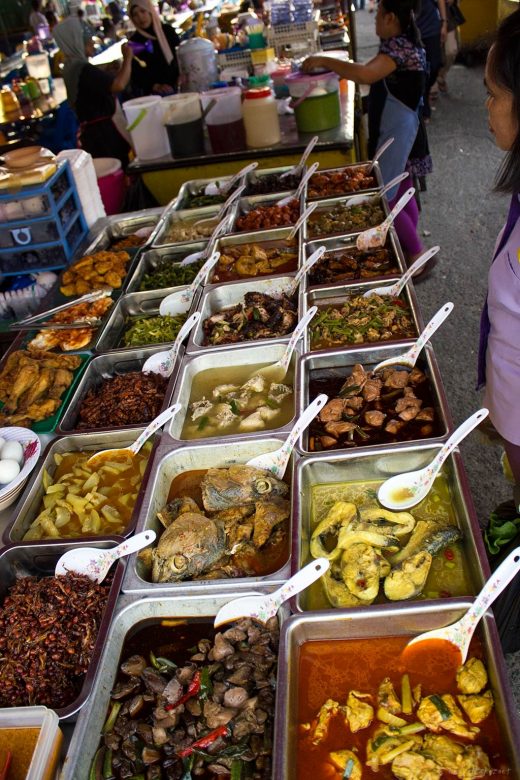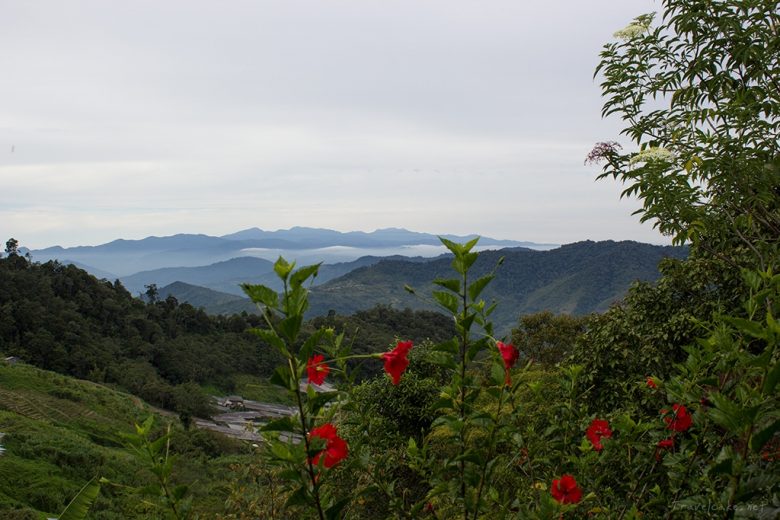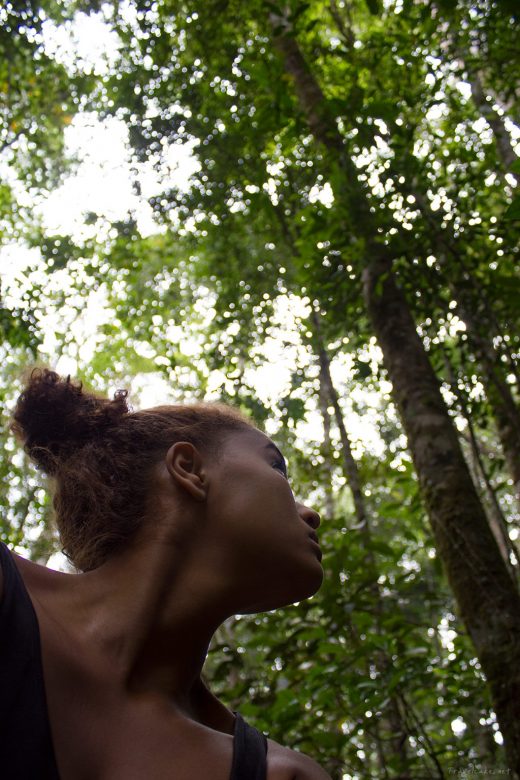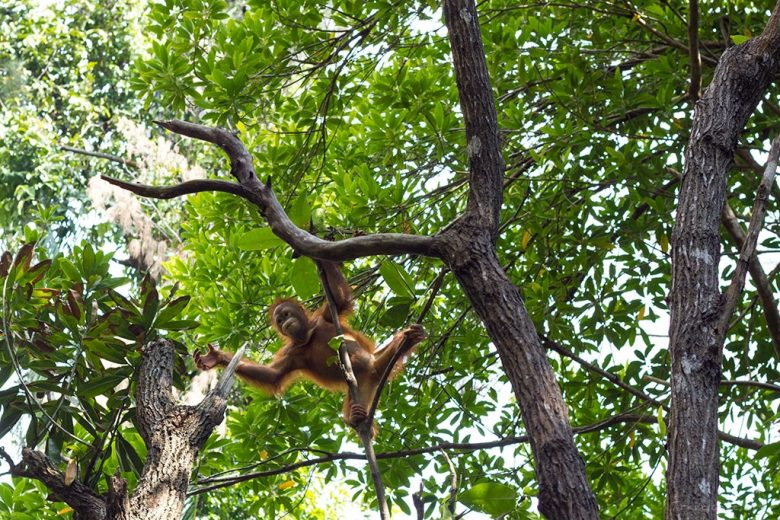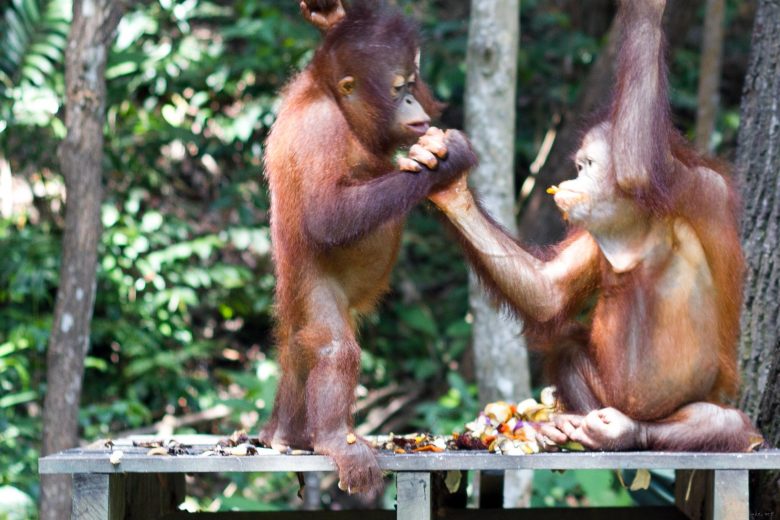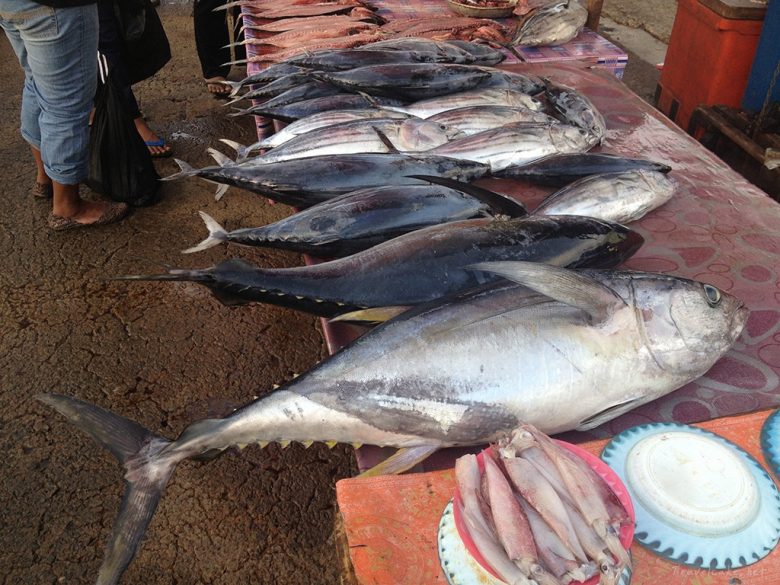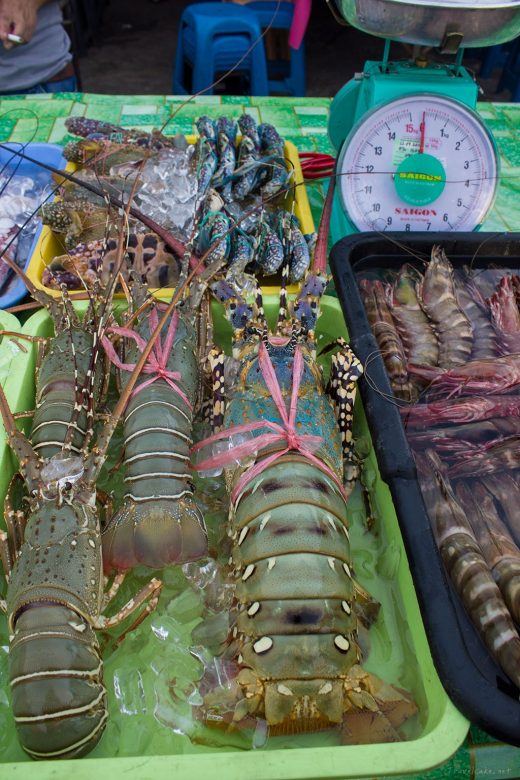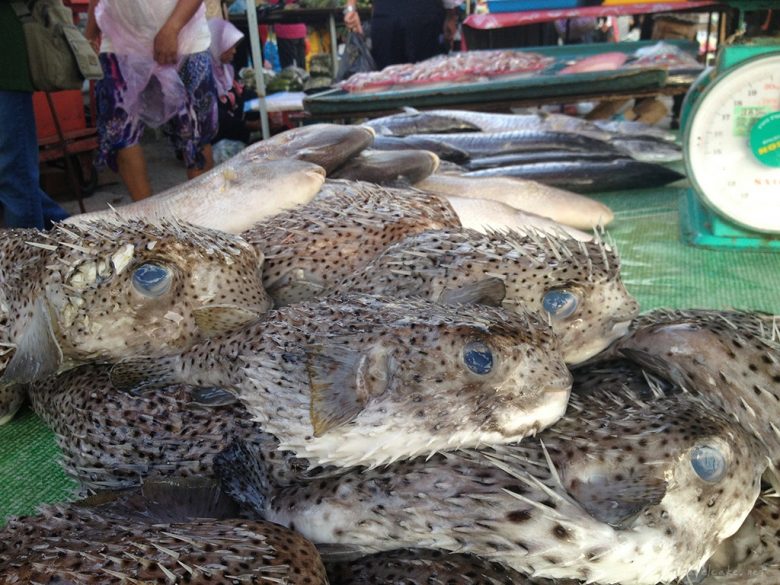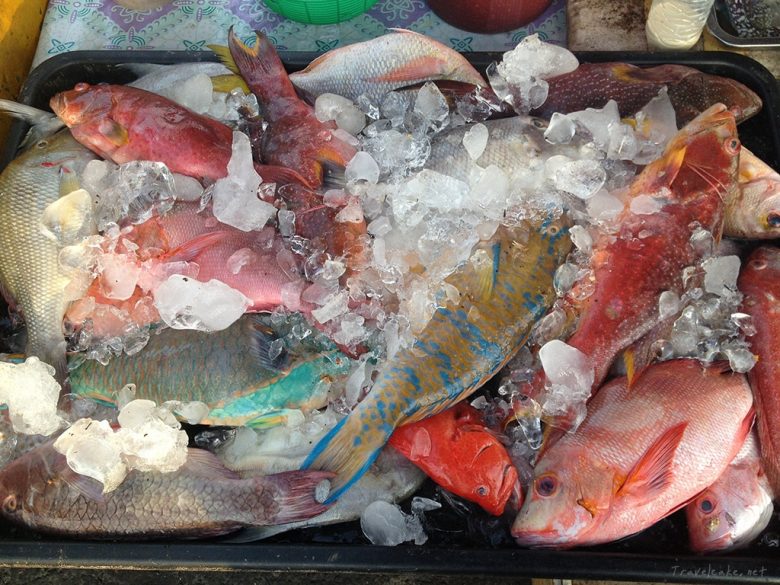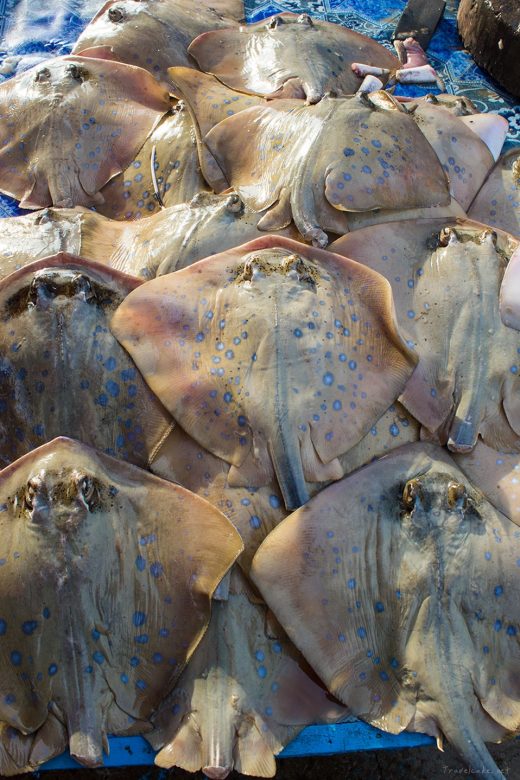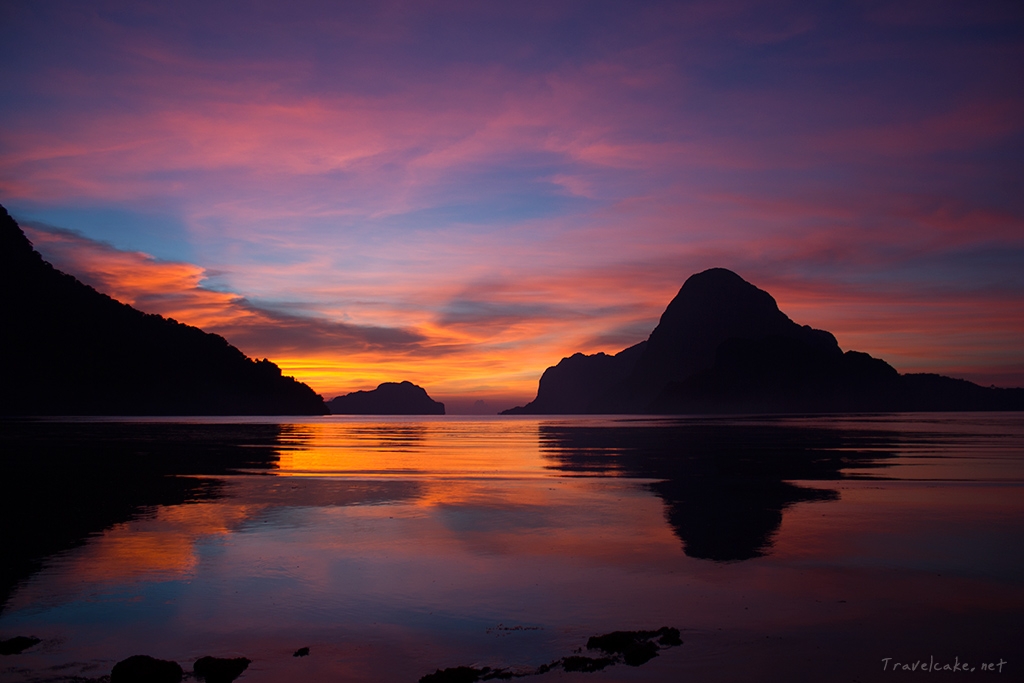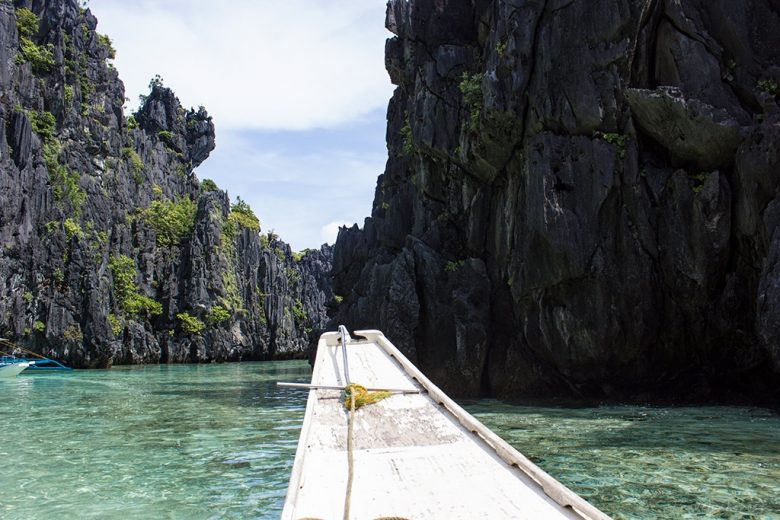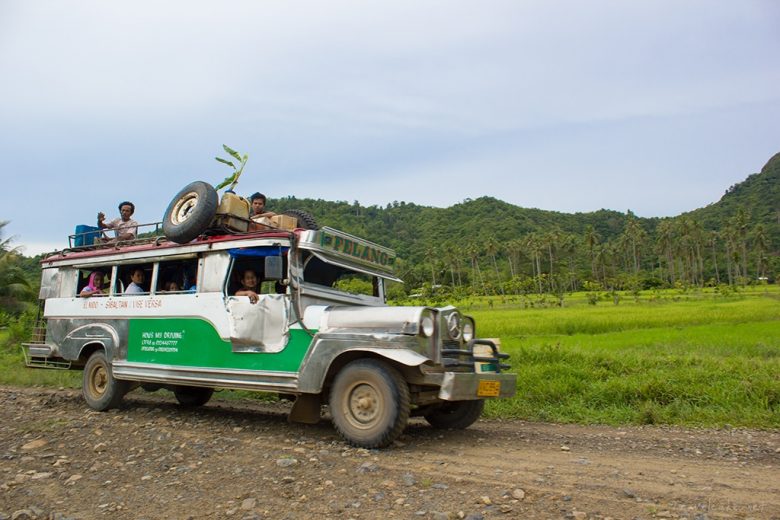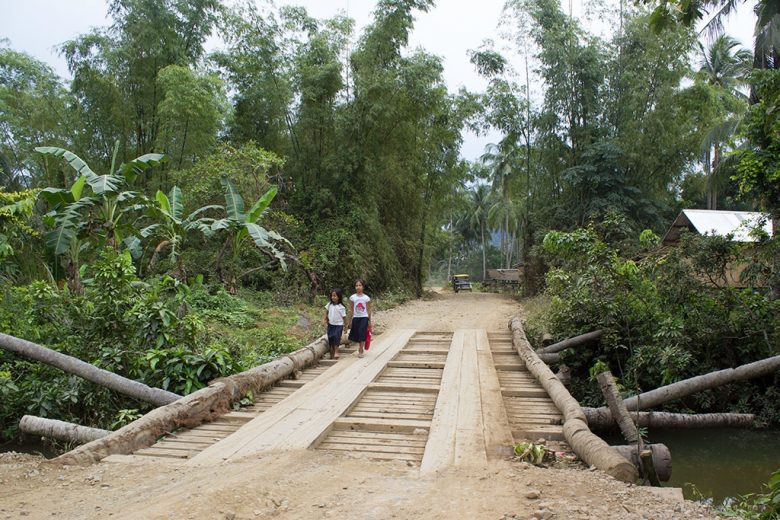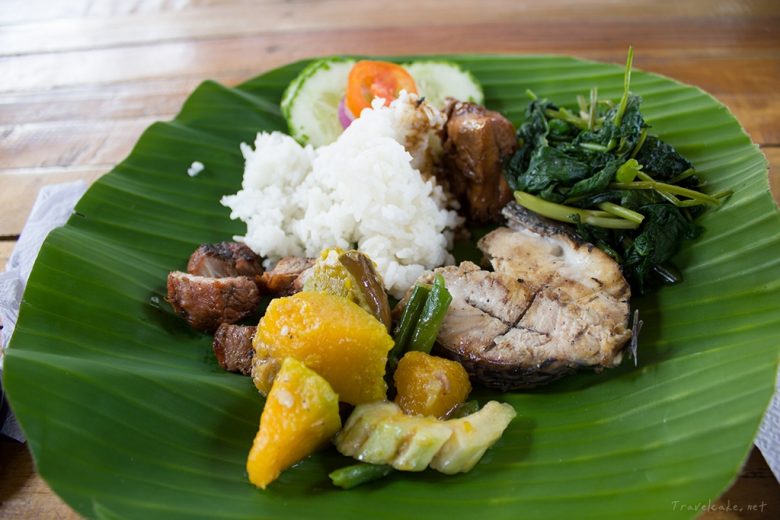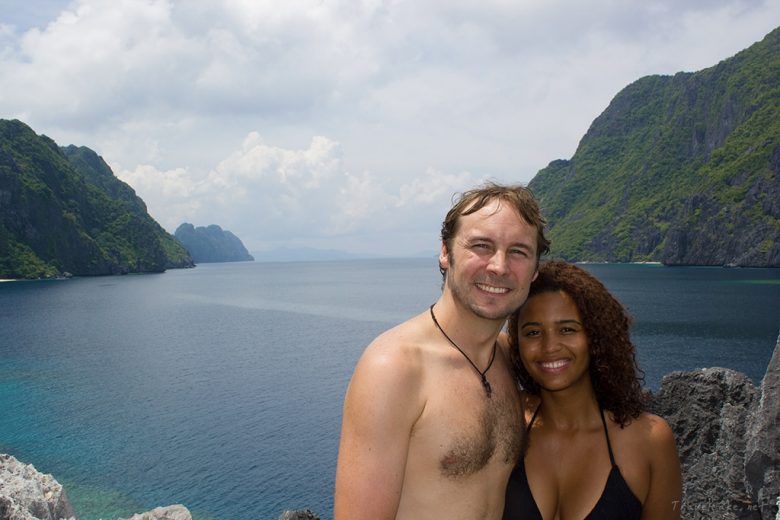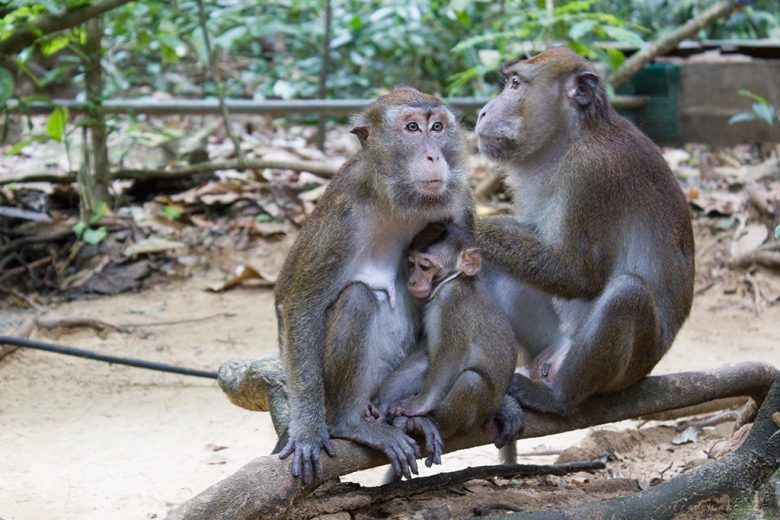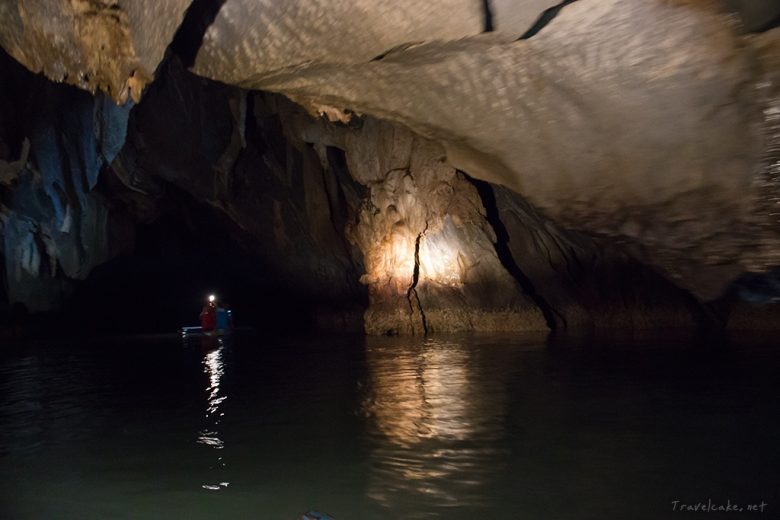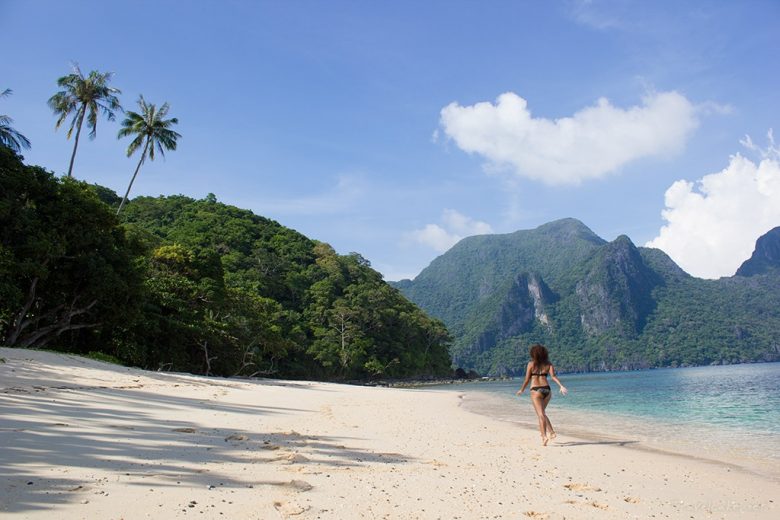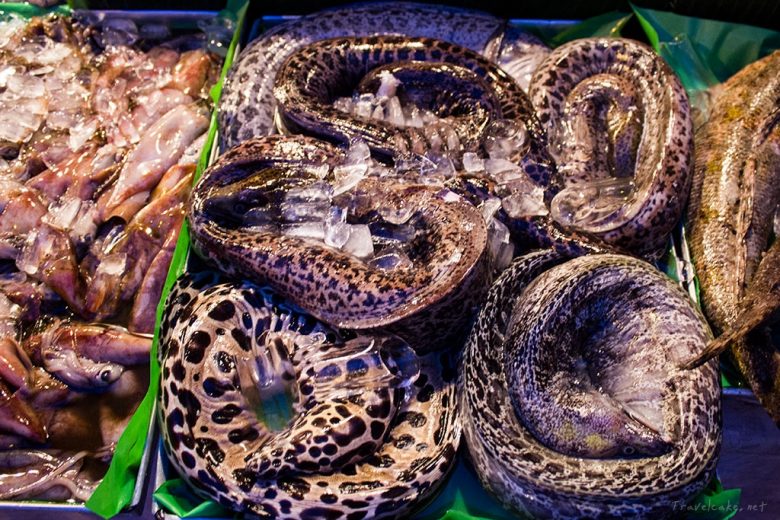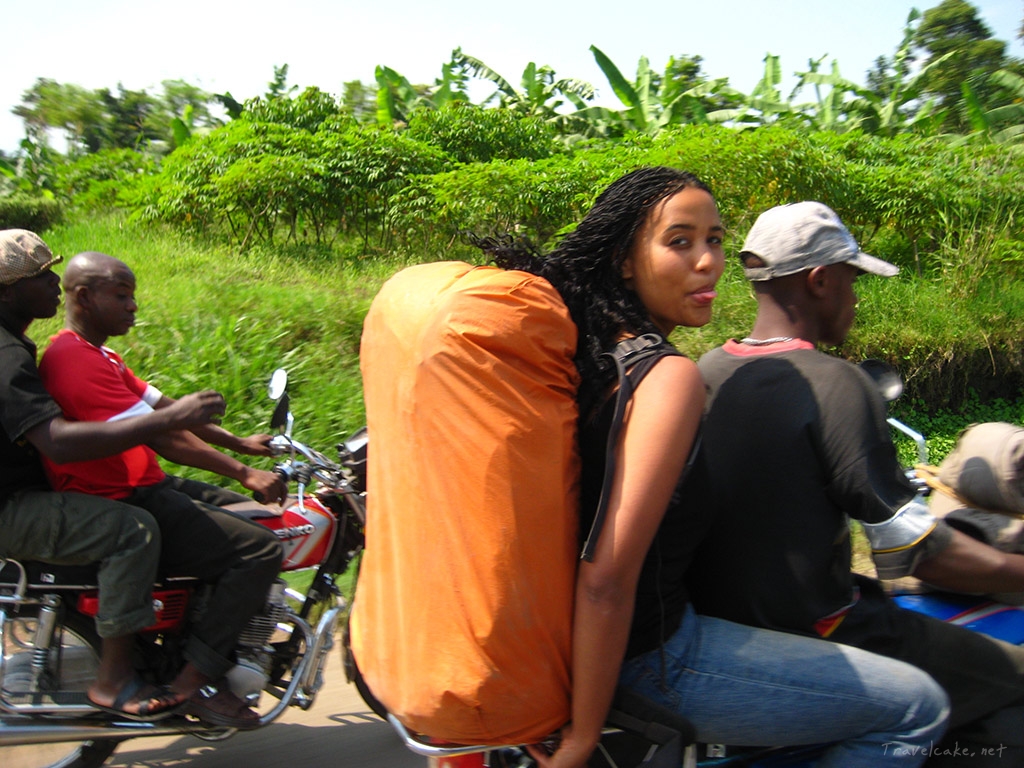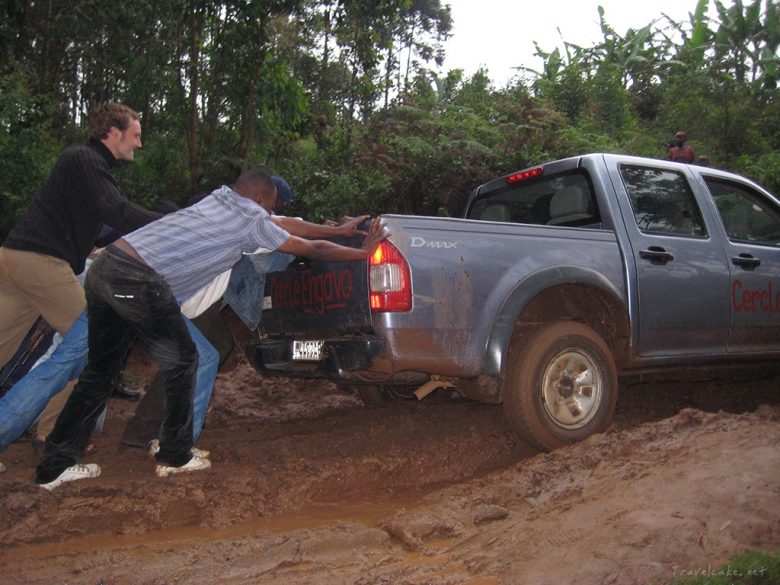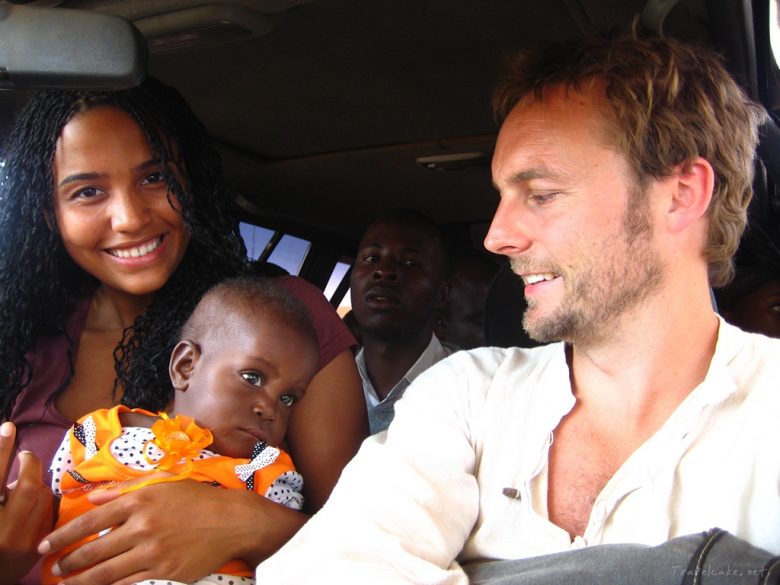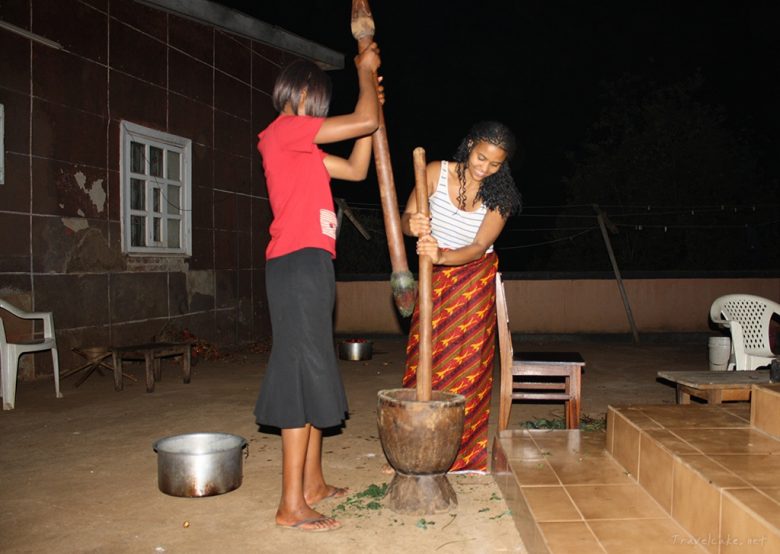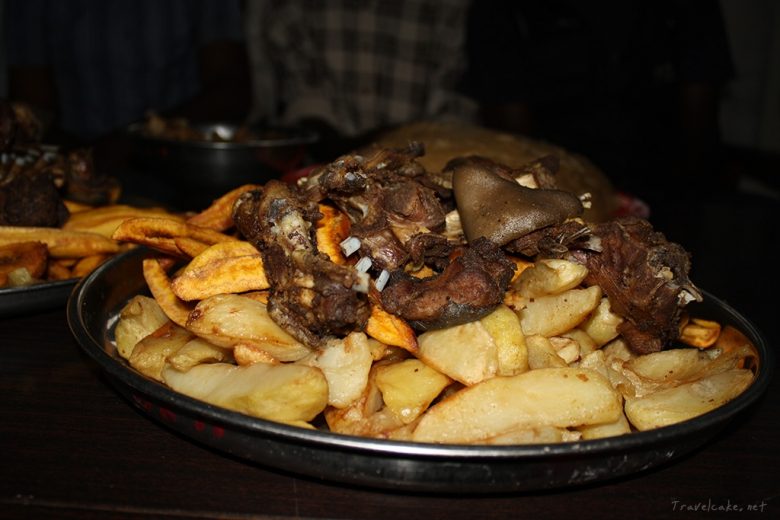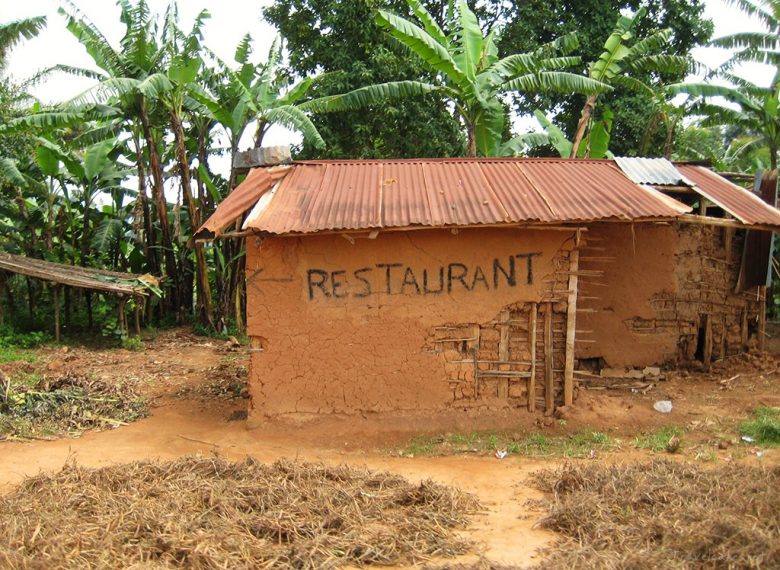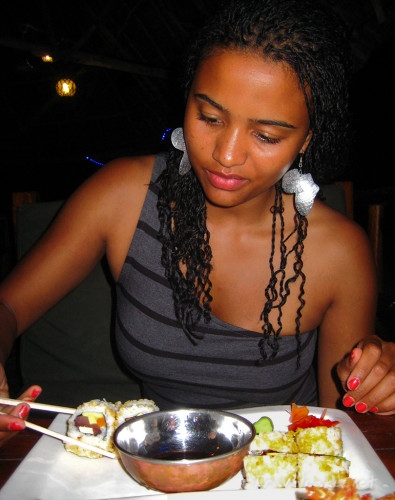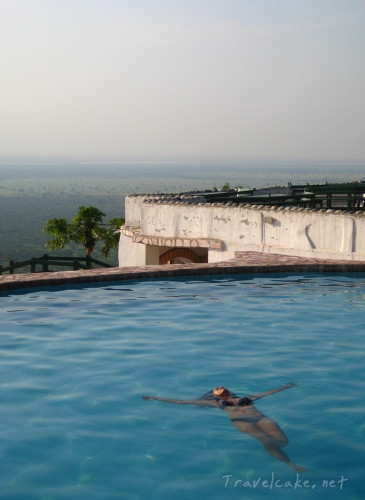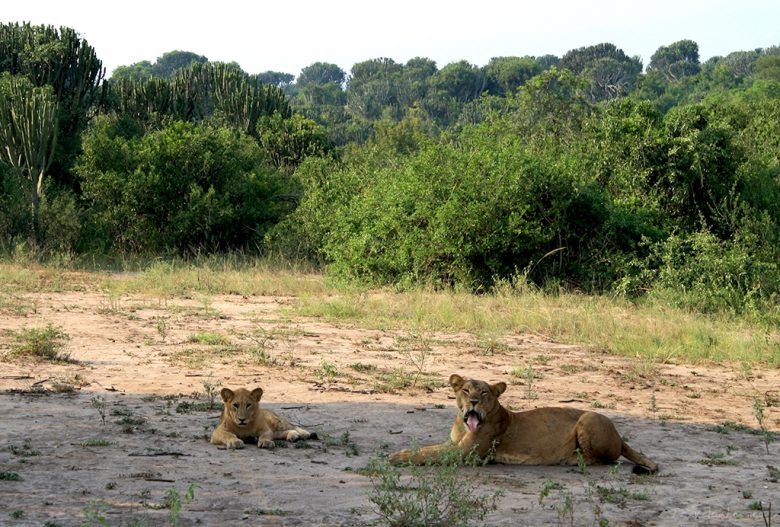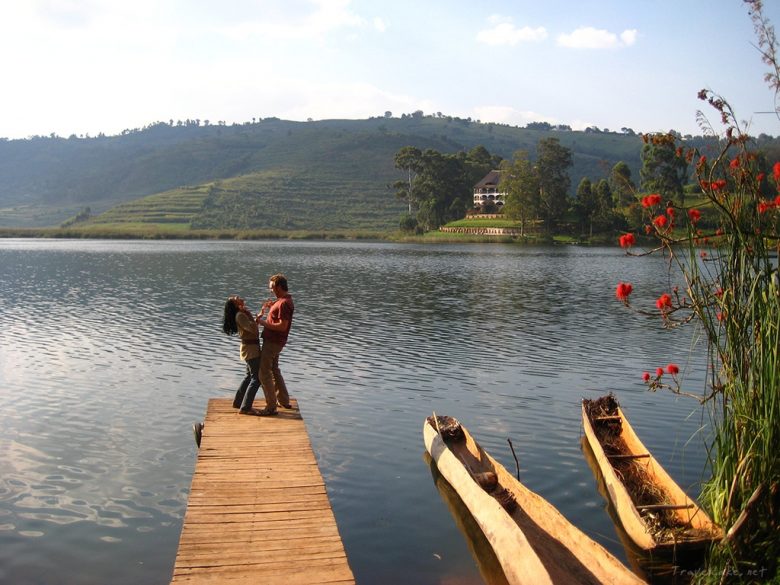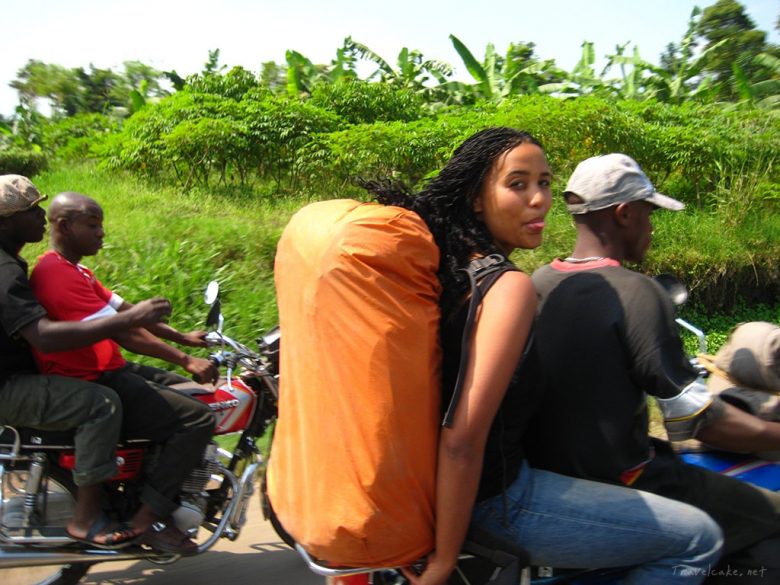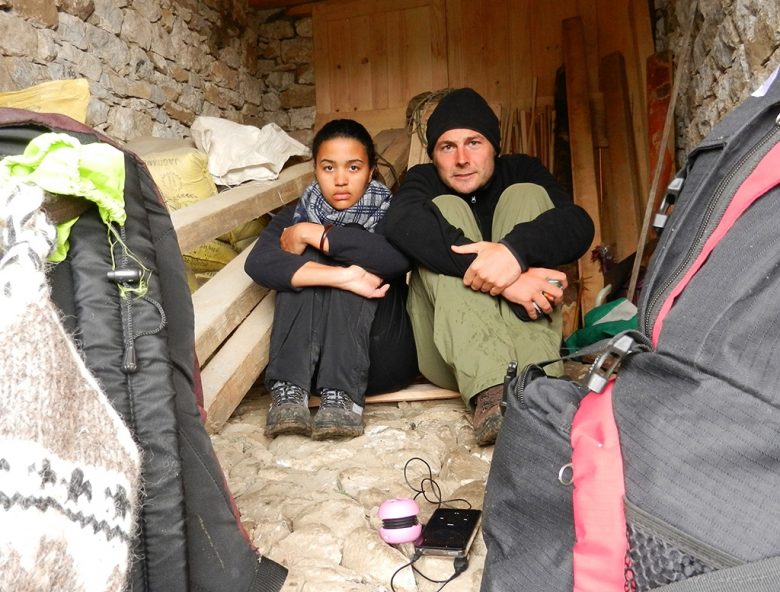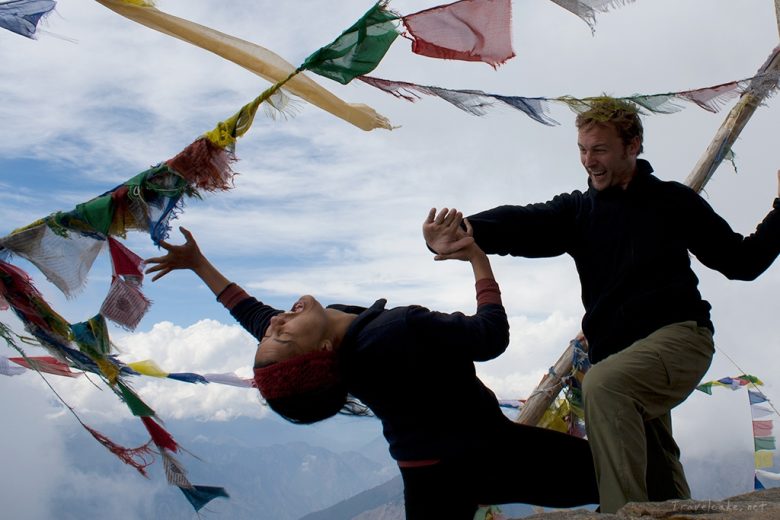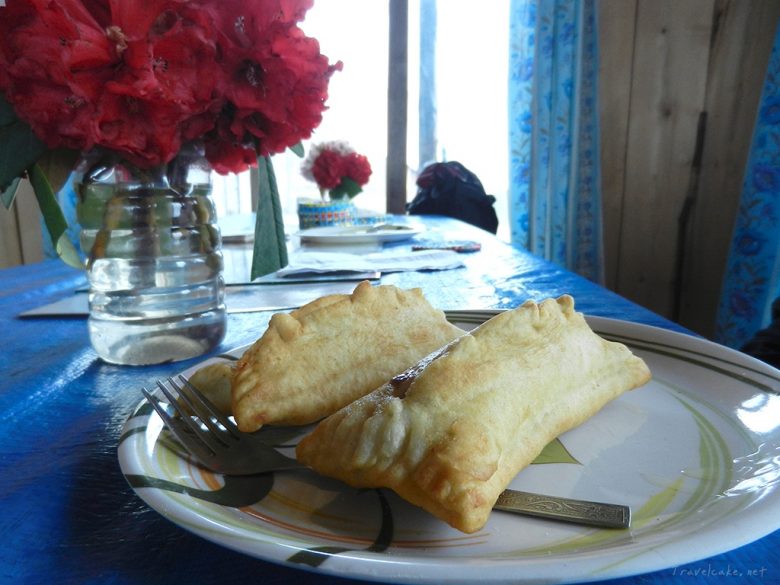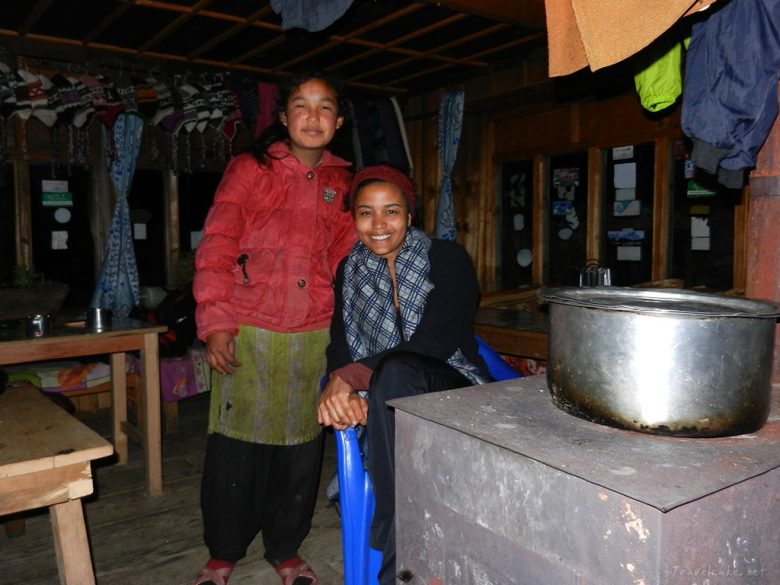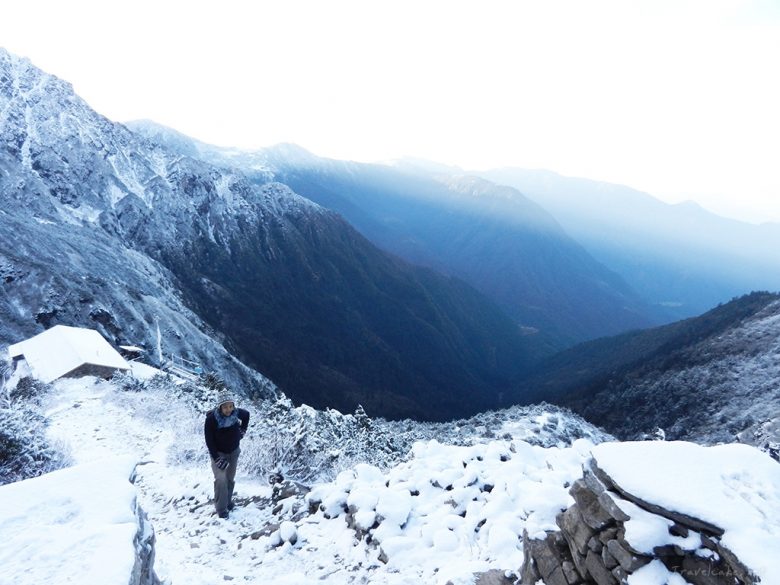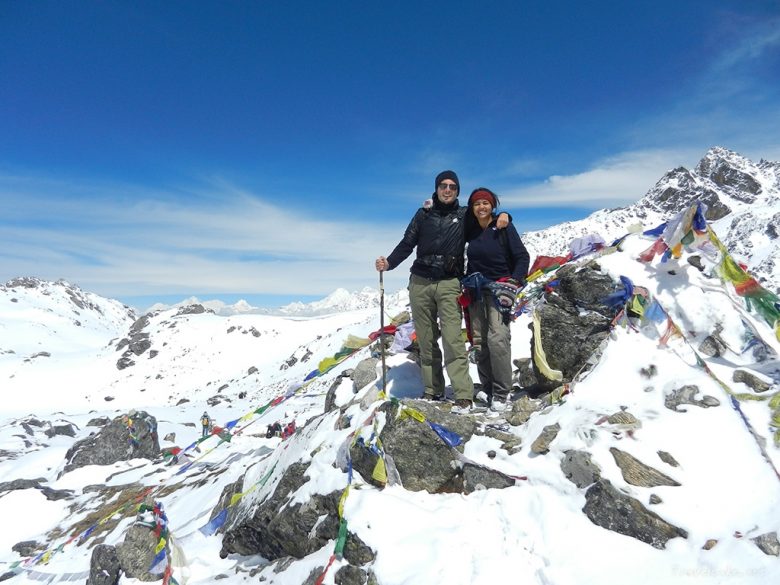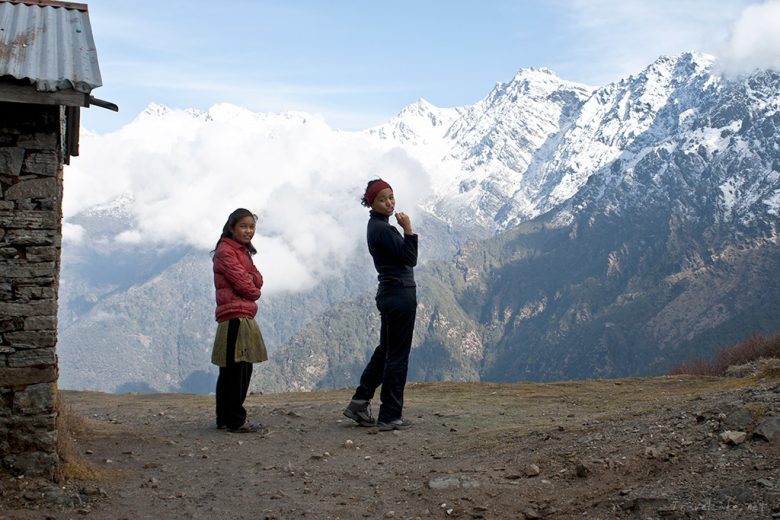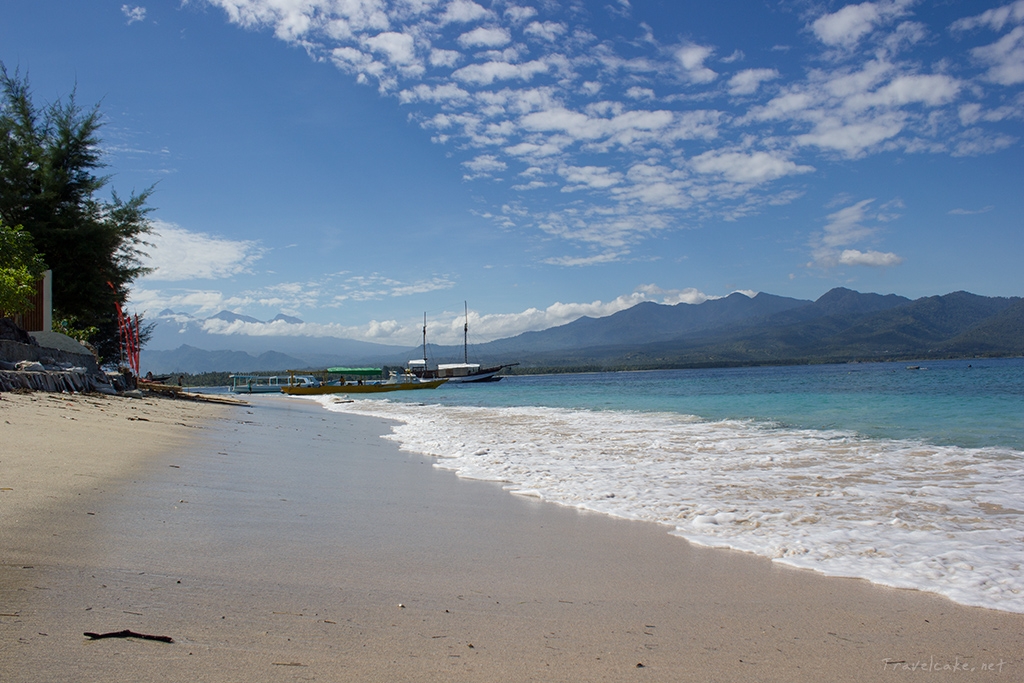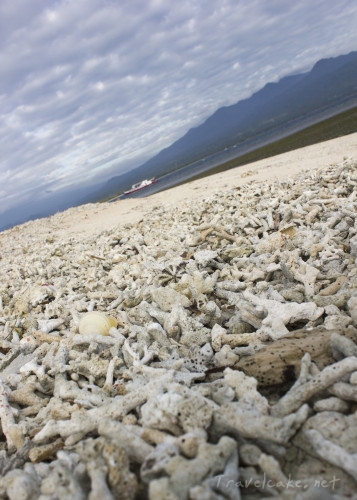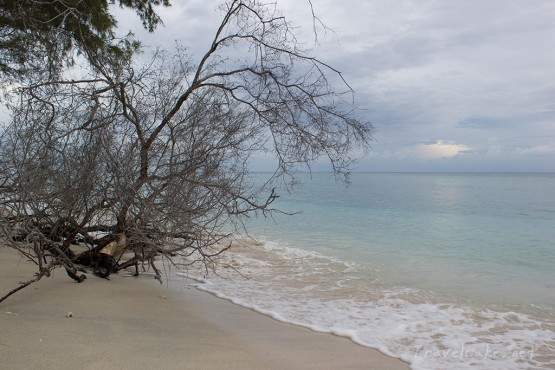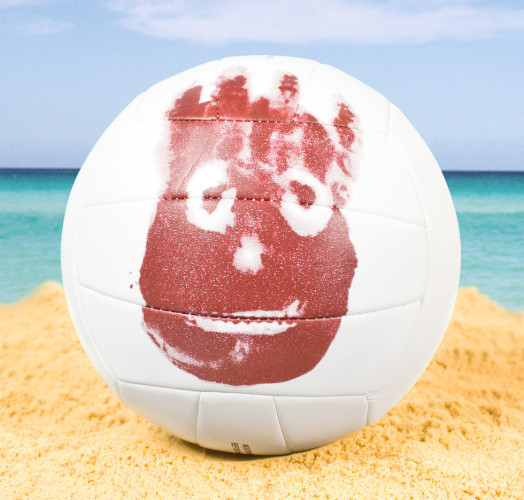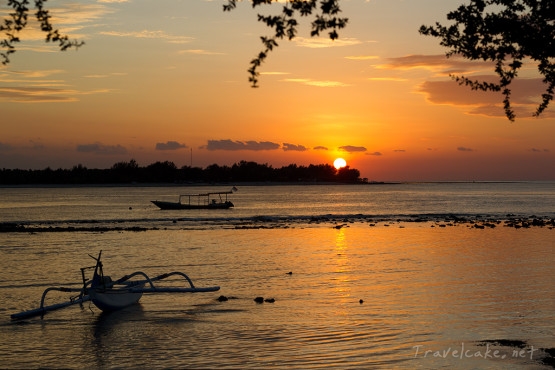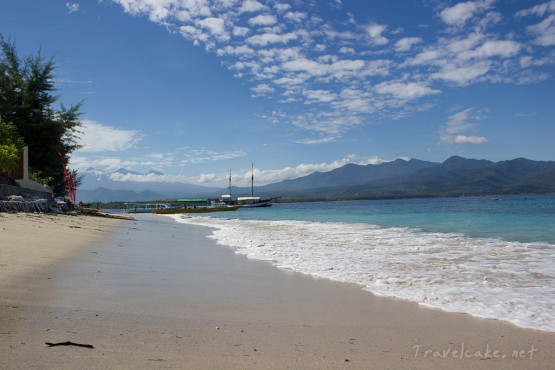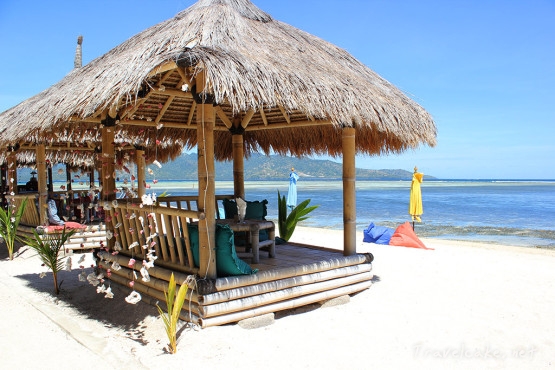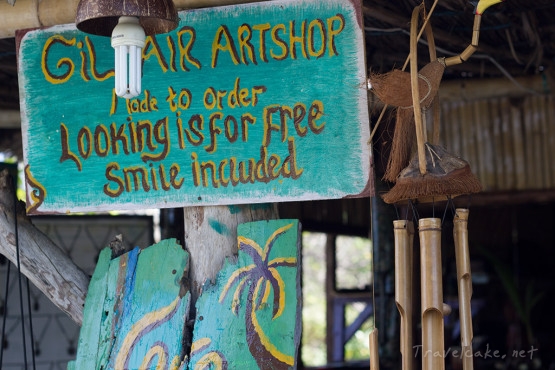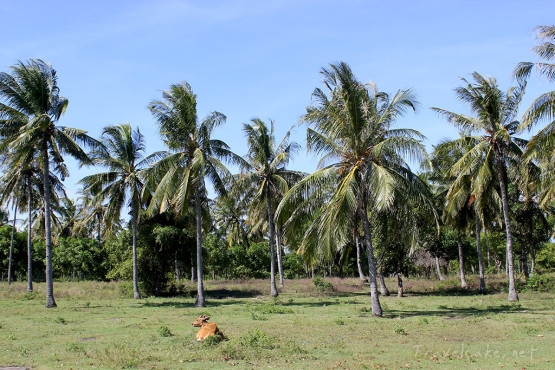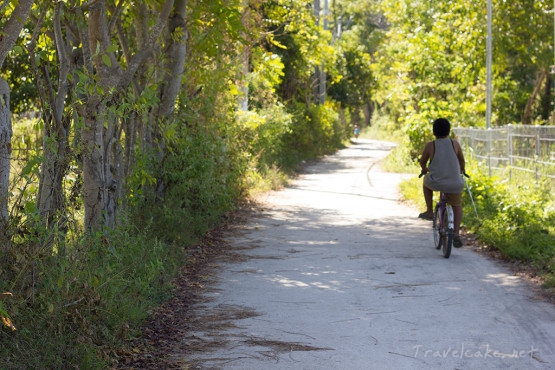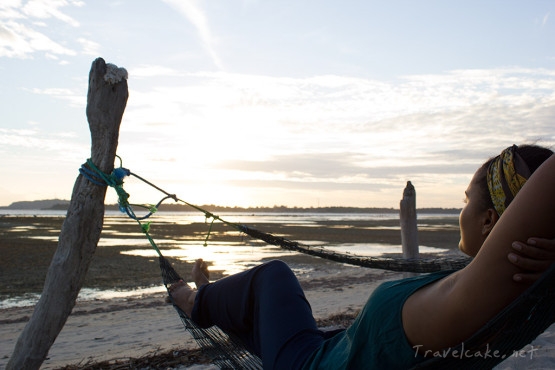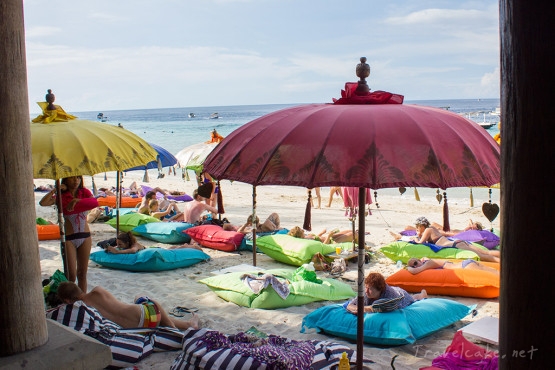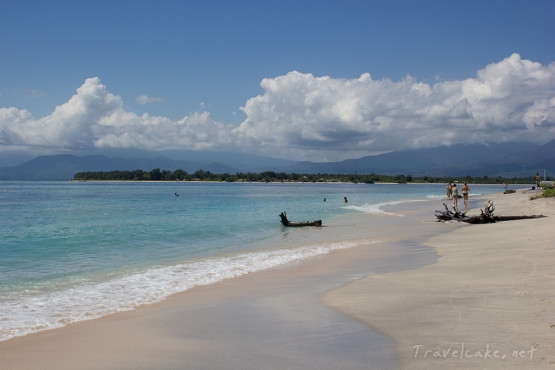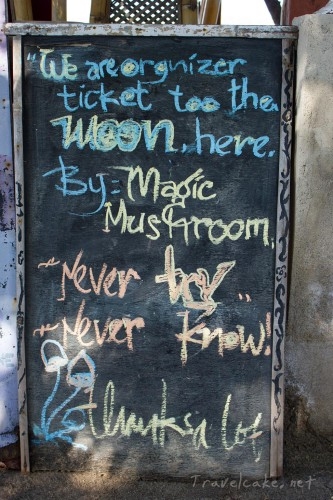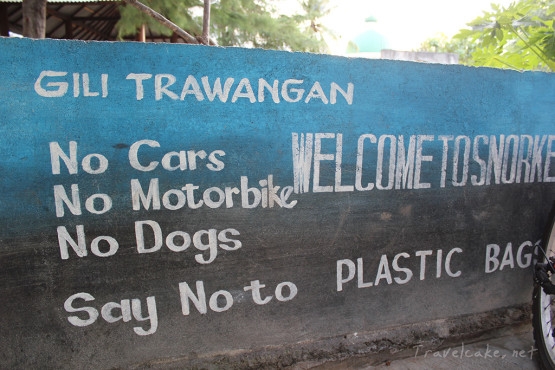As I mentioned in an earlier post, I recently vacationed in Palawan, a gorgeous island province of the Philippines. Its natural beauty and its remarkable people blew me away. Words can’t begin to explain the experience, but I hope some of these pictures can, to some extent. So, here is part I of the best things in Palawan.
In no particular order,
What makes Palawan so great?
1. El Nido’s rock formations
Limestone spikes emerging from azure waters against a backdrop of lush greenery; that’s what you see when venturing in the bays around El Nido town. Astonishing!

2. Kinilaw
It’s a popular dish throughout the Philippines, but particularly available in Palawan. Diced fresh fish or shrimp, gently cooked by the acid of its marinade; vinegar and calamansi (or lime) juice. Finished off with spices and herbs; salt, pepper, garlic, onion and chillies, it’s the Asian version of ‘ceviche’. It’s served cold and is the perfect lunch or starter. Every restaurant adds a personal touch to the recipe, which makes it different each time you order the dish. I ate my weight in kinilaw and I never got bored of it!

3. Being in Palawan during low season
Going to Palawan during low season, means the weather is not at its best. I was worried we would spend our entire vacation playing cards in our rooms waiting for the endless rain to stop. After all, we are talking about typhoon season here. Although it did rain almost every other day, the showers usually lasted between 20 minutes and two hours. Except for a few cloudy days, the sun shone brightly enough to burn my skin several times.
The best part about low season though, is the tiny amount of tourists on the island. We had most of the attractions all to ourselves! I strongly dislike all-in group tours, but we had no other choice than to book a couple, to save a few bucks. What a wonderful surprise it was, to find out the ‘group’ consisted of just Douglas and I. A private boat for the price of a 15 pax shared one?! That’s worth withstanding some rain! Low season also ensures cheaper hotel prices and the good deals are just waiting to be made! If you’re on a budget and like to escape the crowds, low season is the time to go! If you can handle the occasional tropical storm, that is…
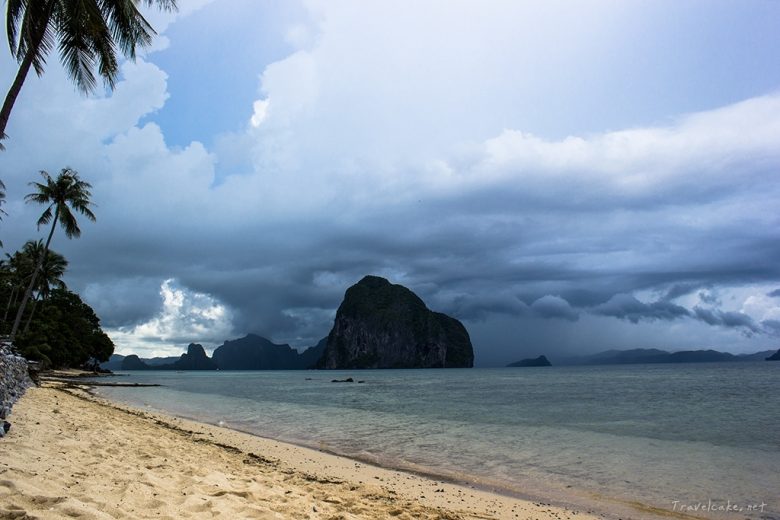
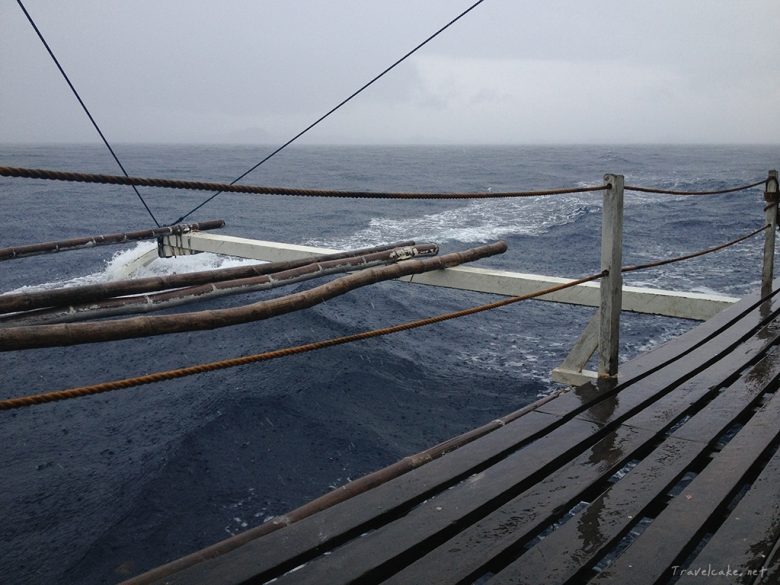
4. BBQ-lunches on the beach
With every island hopping trip, whether it’s private or in group, a lunch stop on one of the islands is included. The boat crew whips out some charcoal, a couple of fishes, fruits, veggies, some meat and transforms that into a scrumptious meal. And here I was thinking (knowing?) that organised tours only serve you mediocre to horrible food! Everything is freshly prepared on the boat, or on the island beach. A delicious barbecued lunch on a deserted beach, what else could you ask for?

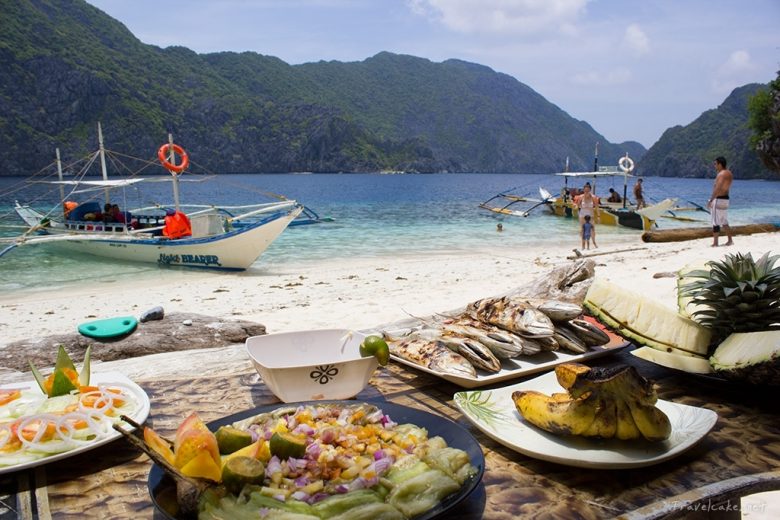
5. Kayangan lake- Coron island
How about a refreshing swim in what is said to be one of the cleanest lakes in Asia? The lake’s cool turquoise water is a mixture of fresh and salt water and is one of the seven enchanted lakes of Coron. Yes, I wrote ‘enchanted’. The indigenous Tagbanua tribe believes that spirits use to dwell here and therefore performed rituals to transfer these spirits to larger lakes. You can now enjoy a tranquil, spirit-free swim and enjoy the scenery. Very important tip: make sure you arrive here early in the morning, before the big masses of tourists do!


6. The simple life
Life in Palawan is slow and simple. People spend a lot of time with family and friends, taking each day as it comes. It’s contagious. The “tomorrow is another day “-attitude and the “what will be, will be” -philosophy, makes you unwind and slow down. You think about what’s important in life, appreciate the good things you have while realising you don’t know how long it’s all going to last. It’s a typical island attitude from which we could all learn a little. That makes Palawan also attractive for the spirit.
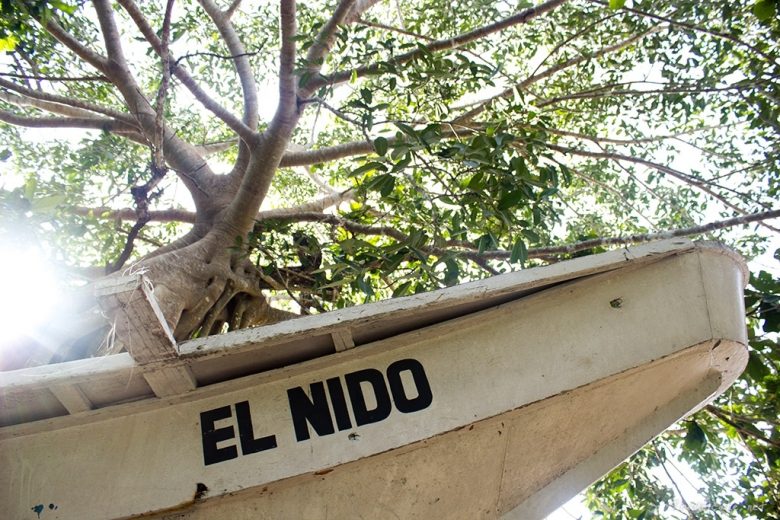
7. The religion
As you may or may not know, the Philippines are, for the most part, a catholic country. I must say, it was very refreshing to see signs of Christianity again after being in Asia for 6 months. Not that I’m tired of pagoda’s, stuppah’s, mosques, temples and ashrams, it just feels so familiar to be surrounded by (kitsch) Maria statuettes, big crosses, people saying grace before a meal and church bells on a sunday morning. Who would have thought?
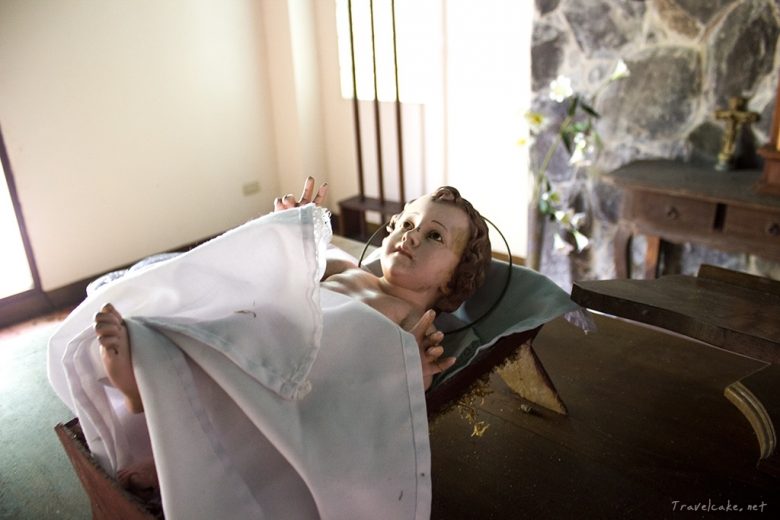
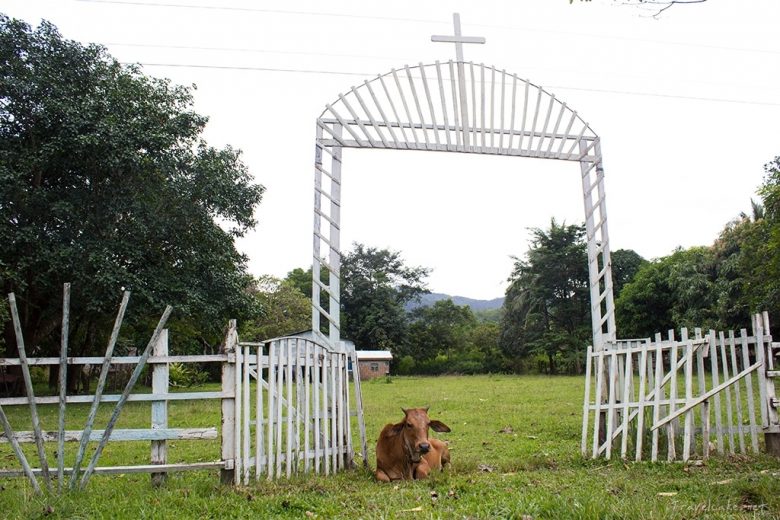
8. The rice fields
Palawan is not all beaches, lakes and waterholes. There are also bright green rice fields all over the island, diffusing some sort of serenity. Although it’s not particularly THE place to be in The Philippines for impressive rice terraces and rice fields, they’re beautiful nonetheless. The greenery is a nice change from the beach scene. Take a walk around or drive through the countryside and take in the fields zooming by.
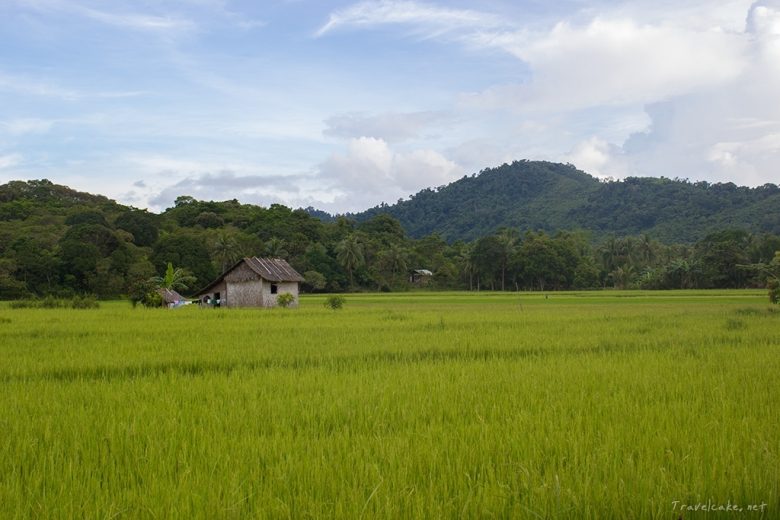
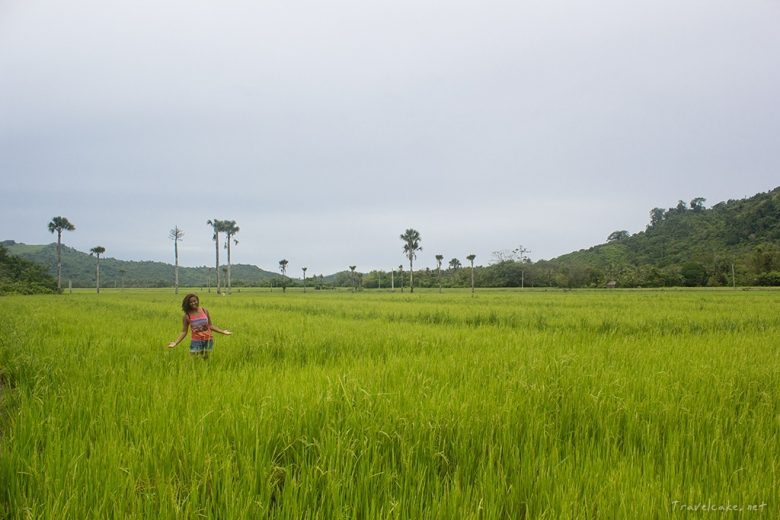
9. Wreck diving
More than 20 Japanese ships sunk in the waters of Palawan during WWII. The entities where death once prevailed are now full of life. Coral has incrusted the ship decks and marine life has found a perfect nook to create their biotopes in. Some shipwrecks are as deep as 40m others lie as shallow as 10m deep and are perfectly snorkleable. Although we didn’t see much marine activity during our shipwreck dives, floating from one room to the next with a tiny torch in the hand was an intense experience. 100% Jacques Cousteau- feel.
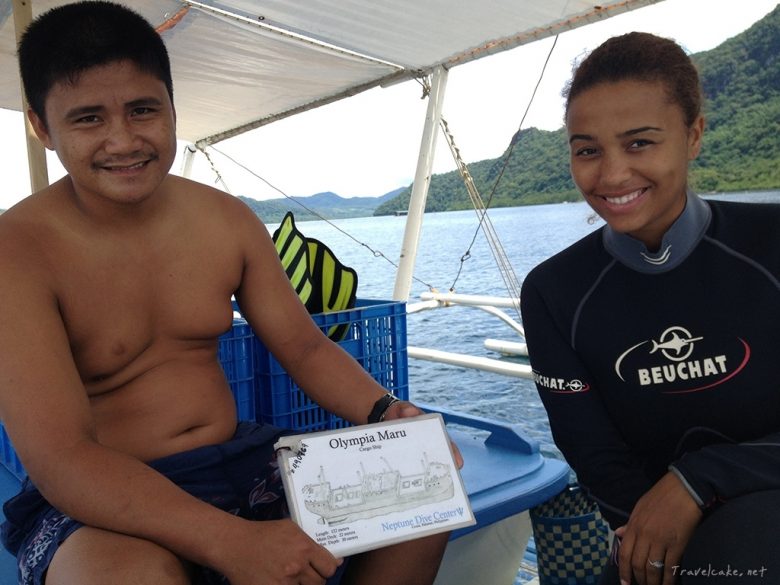
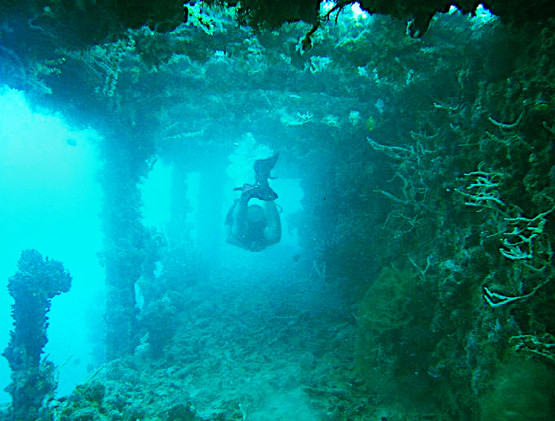
10. Drop dead gorgeous beaches
I’ve seen a lot of paradise beaches, but these… These are without a doubt, in my top 3 list! Perfect for cliché photo shoots!
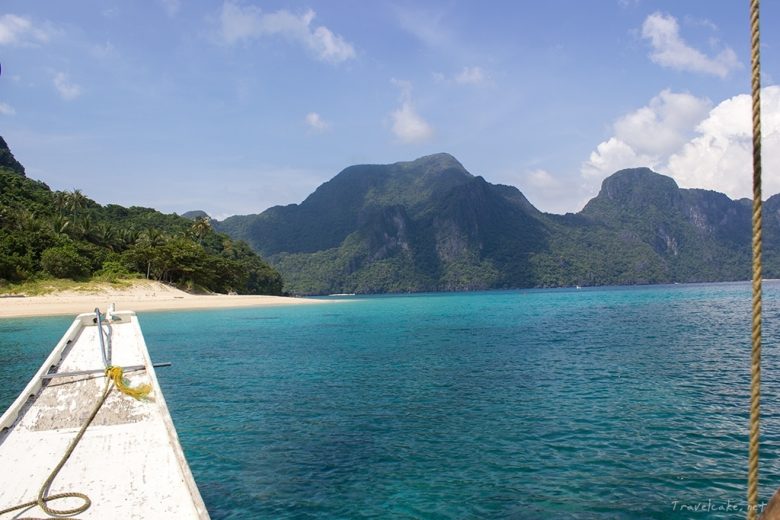
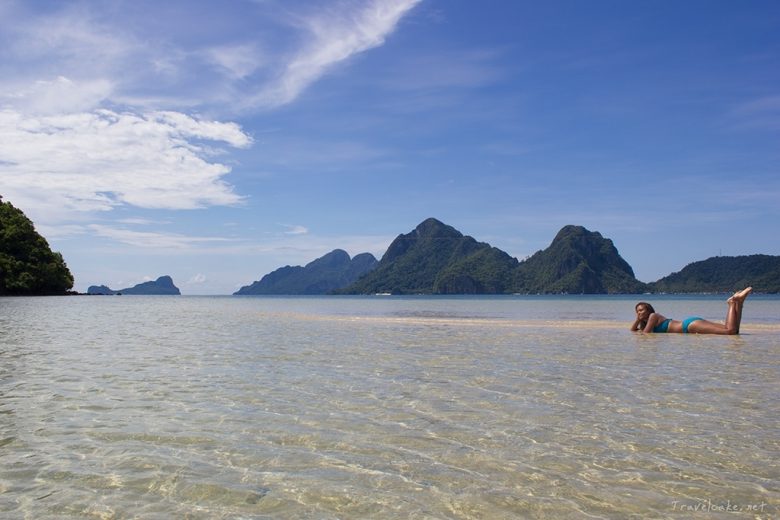
Stay tuned for part II with more great things about Palawan!
Have you ever heard of Palawan?
The post “The Best of Palawan, Philippines. Part I.” first appeared on Travel Cake.
